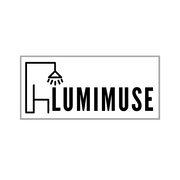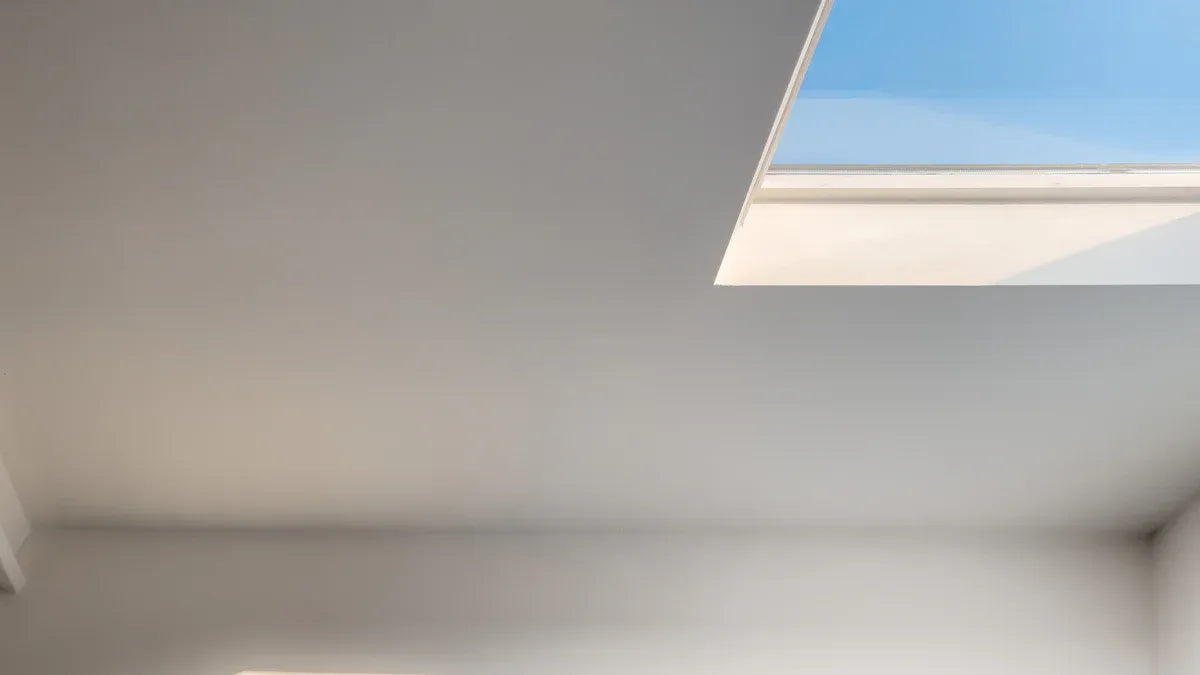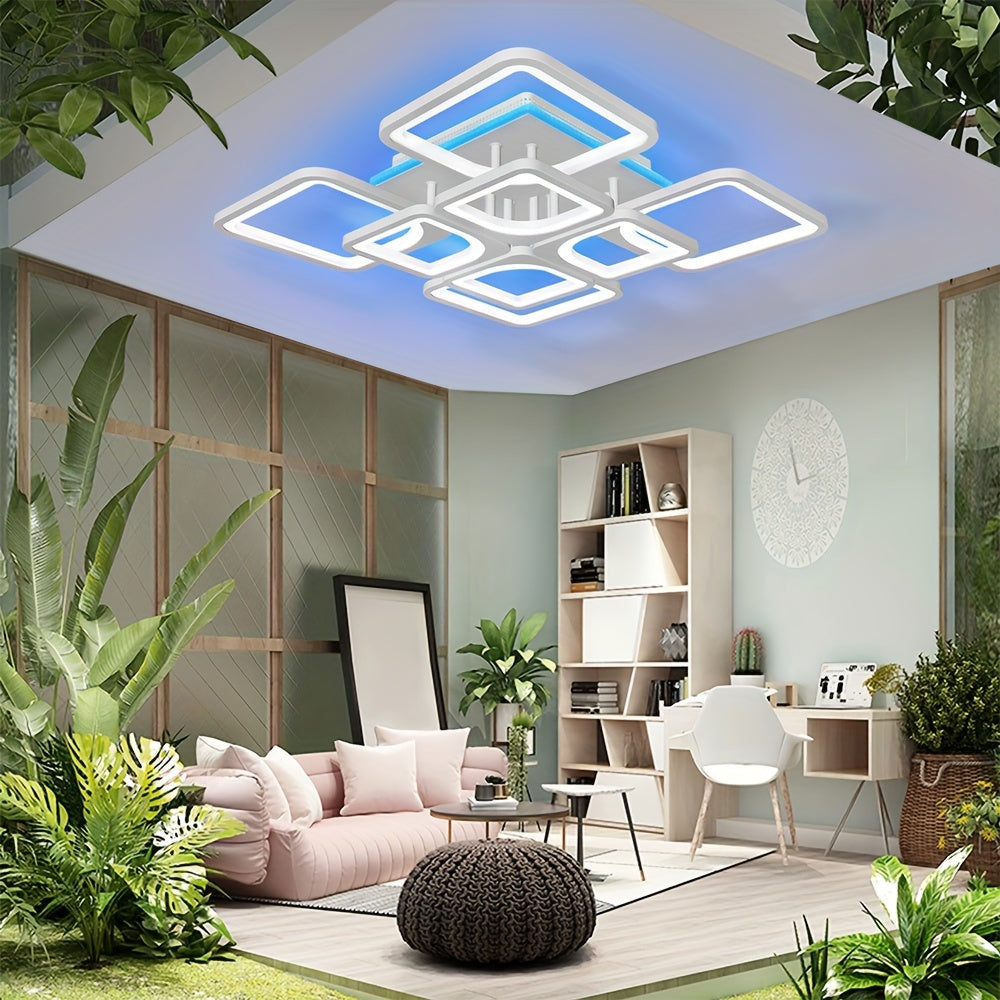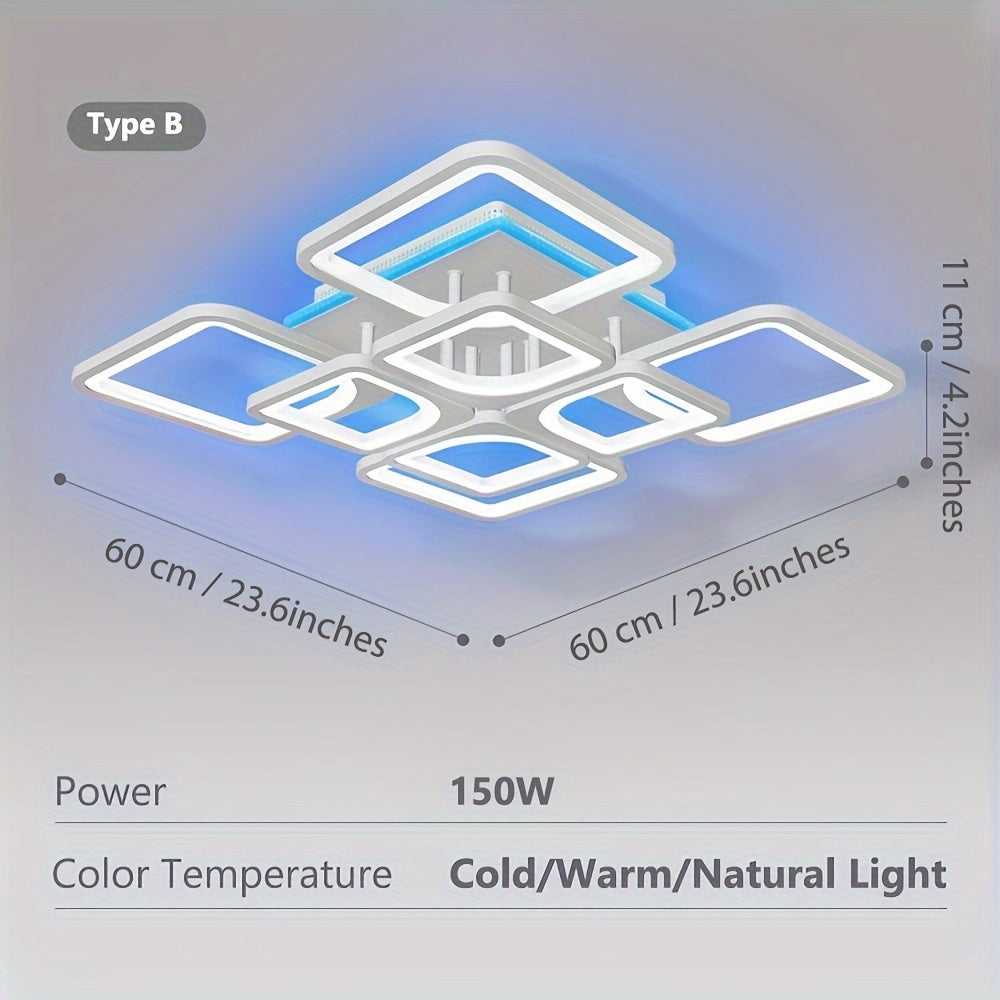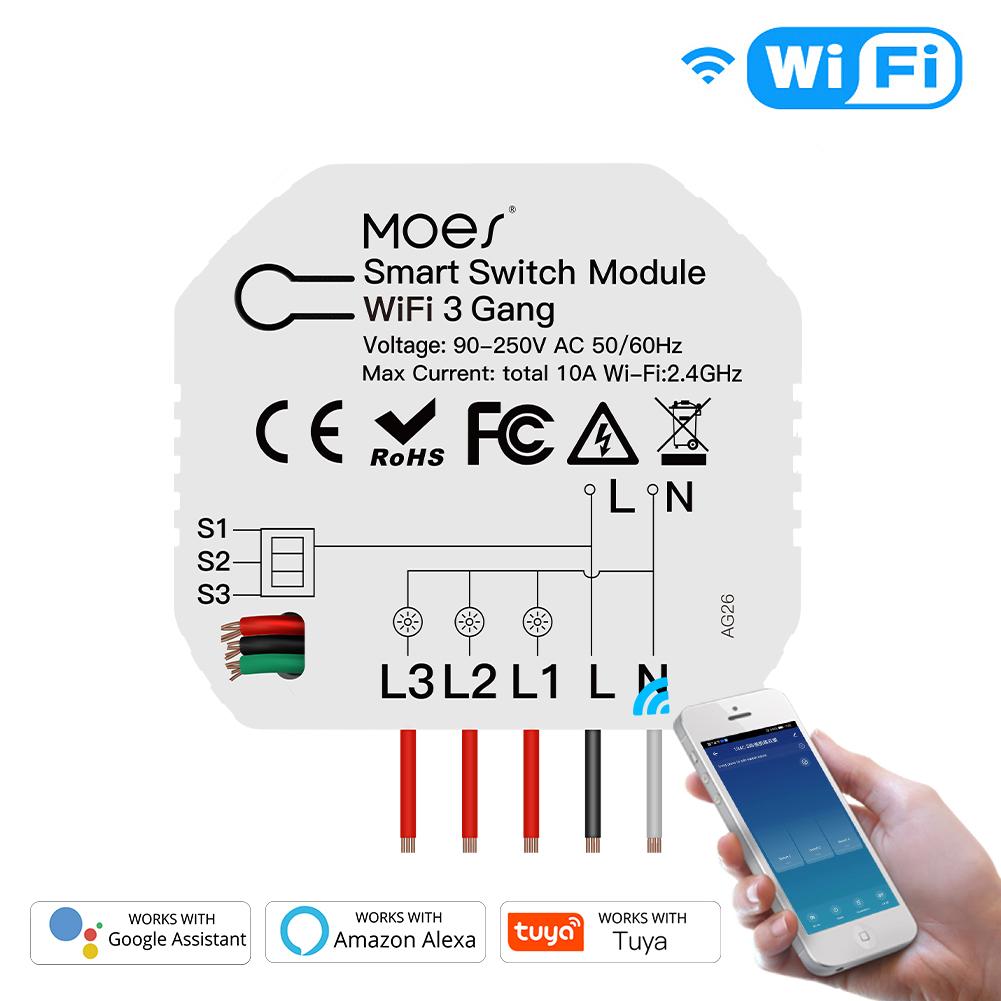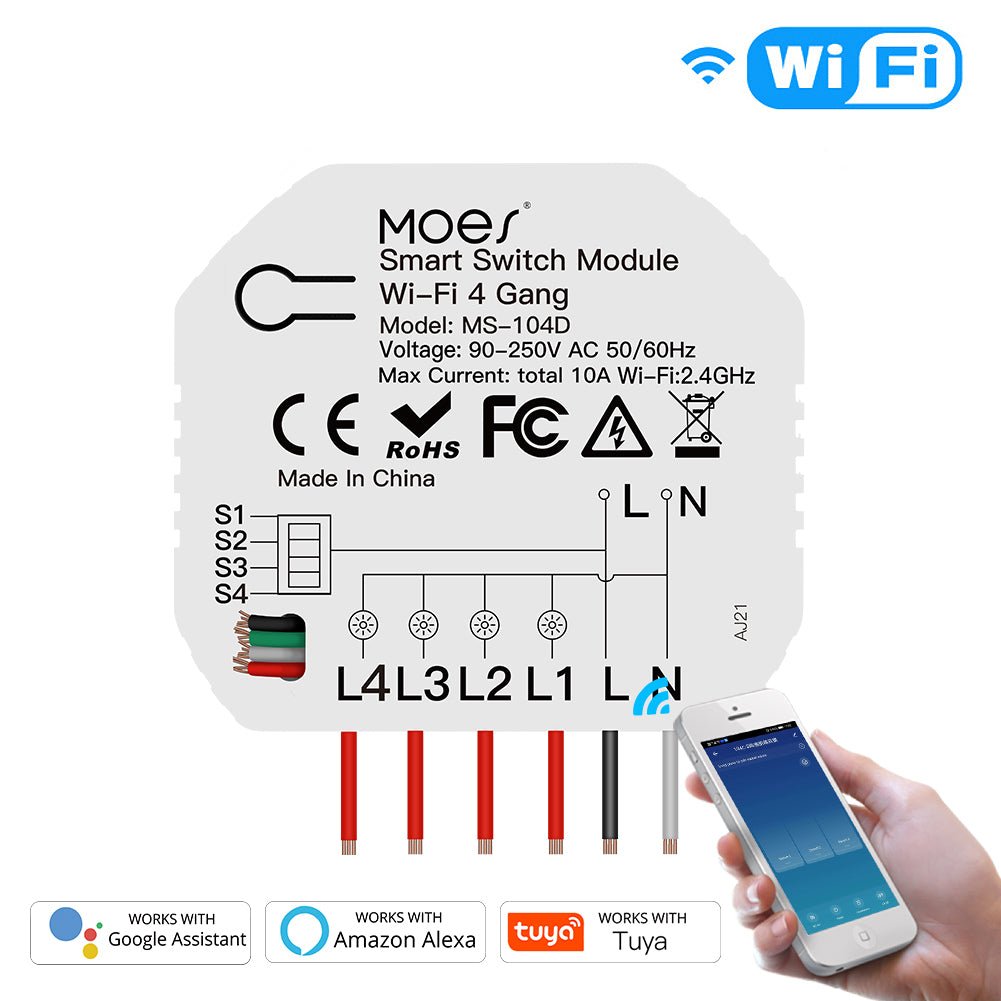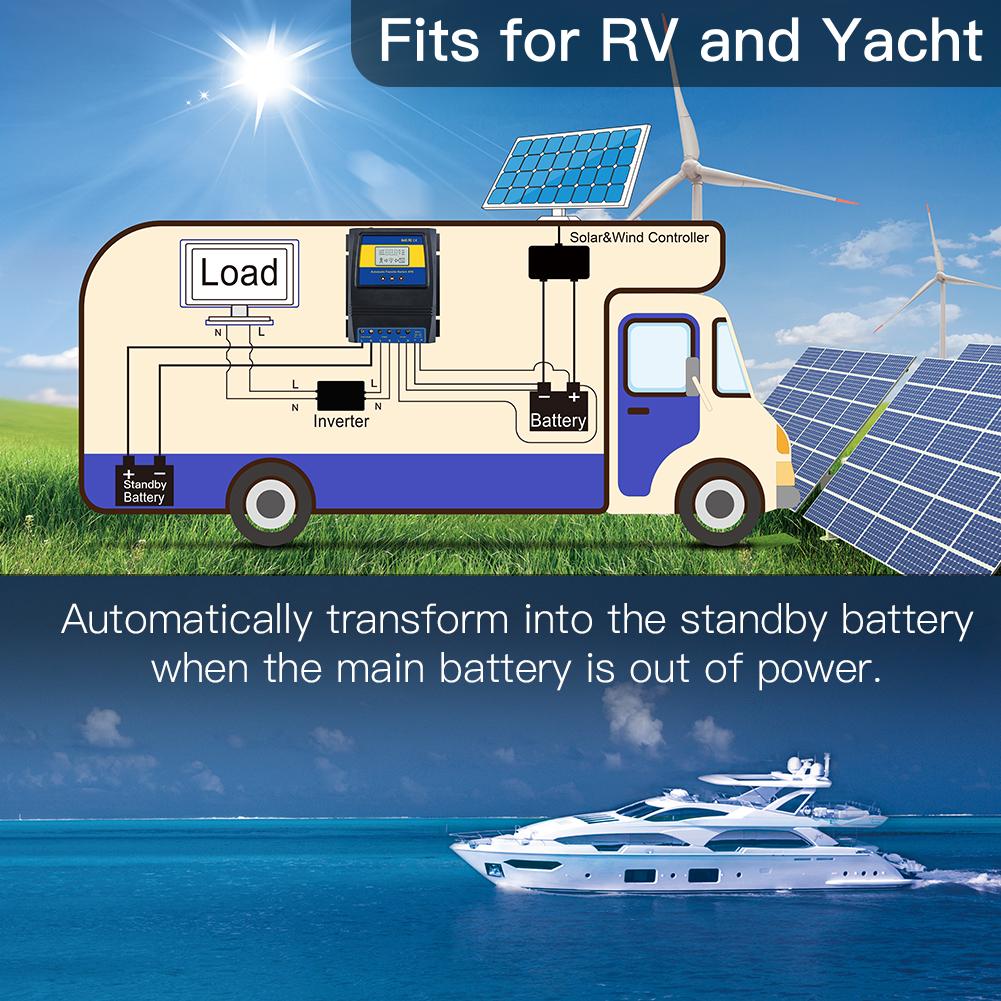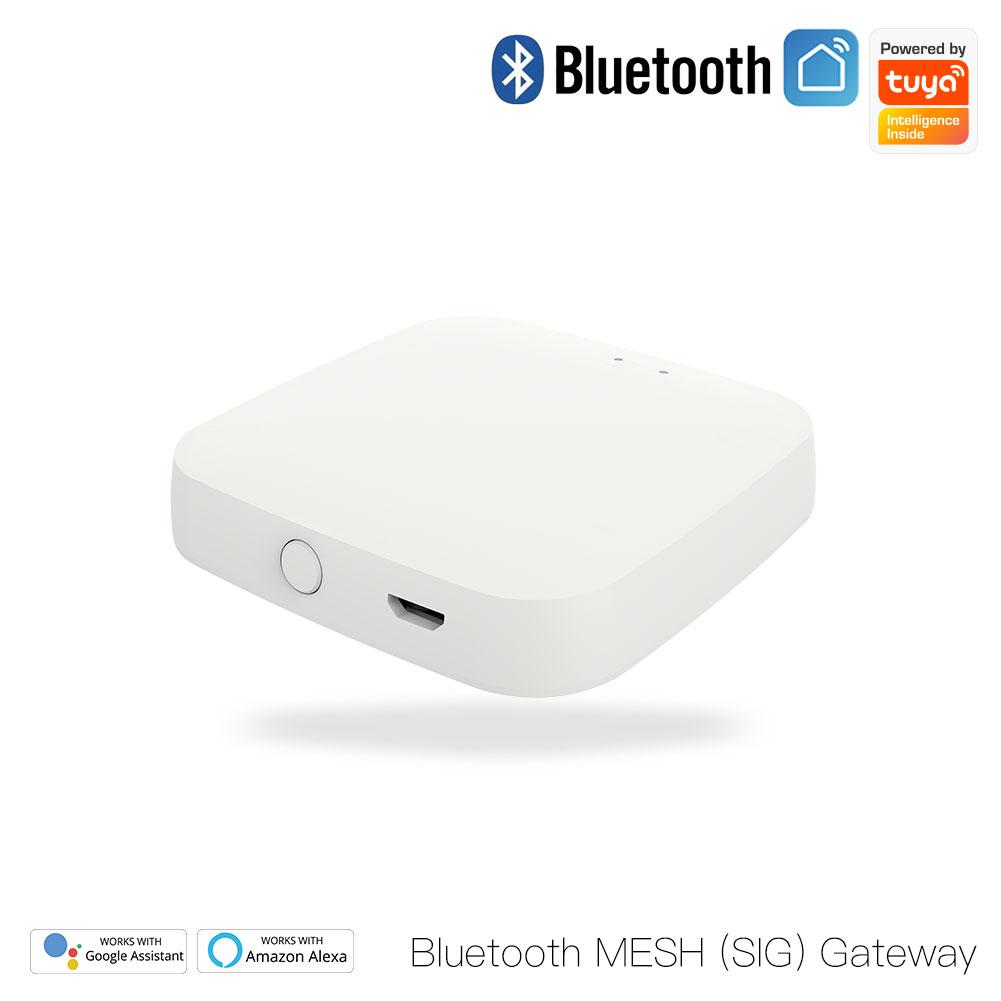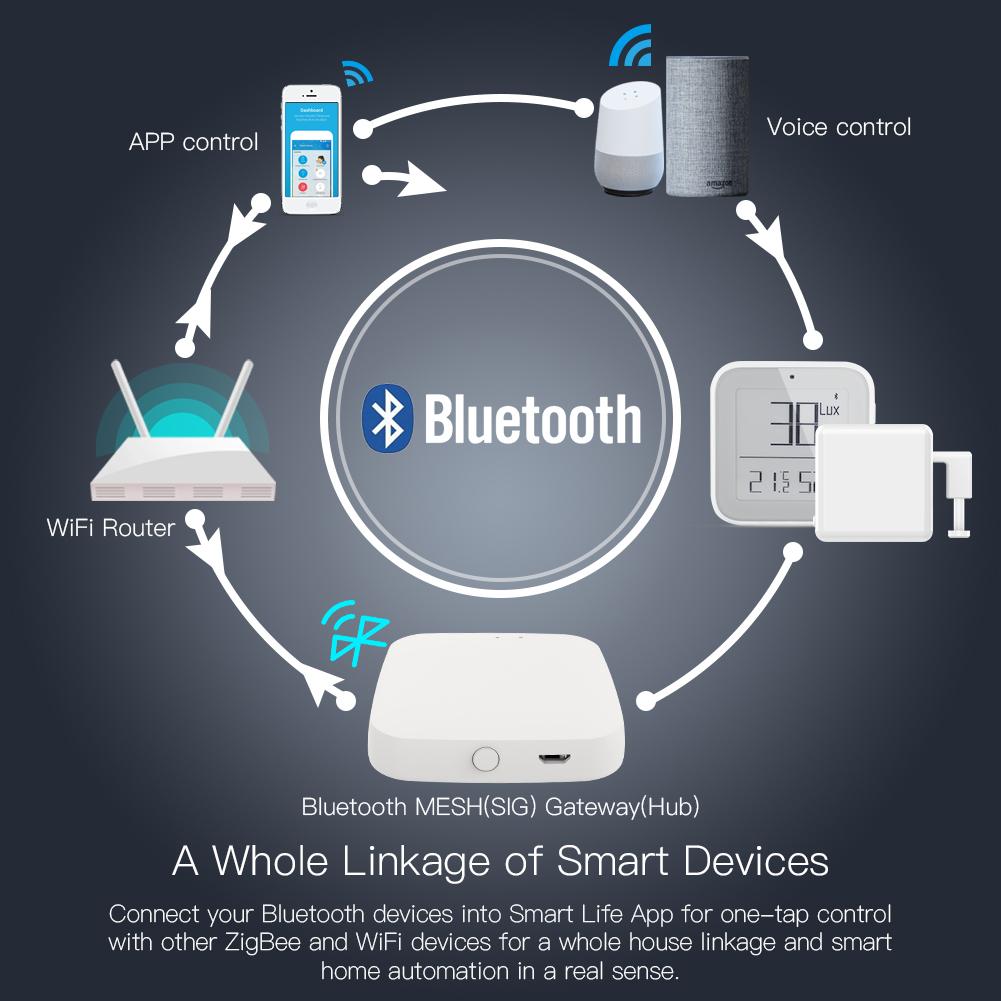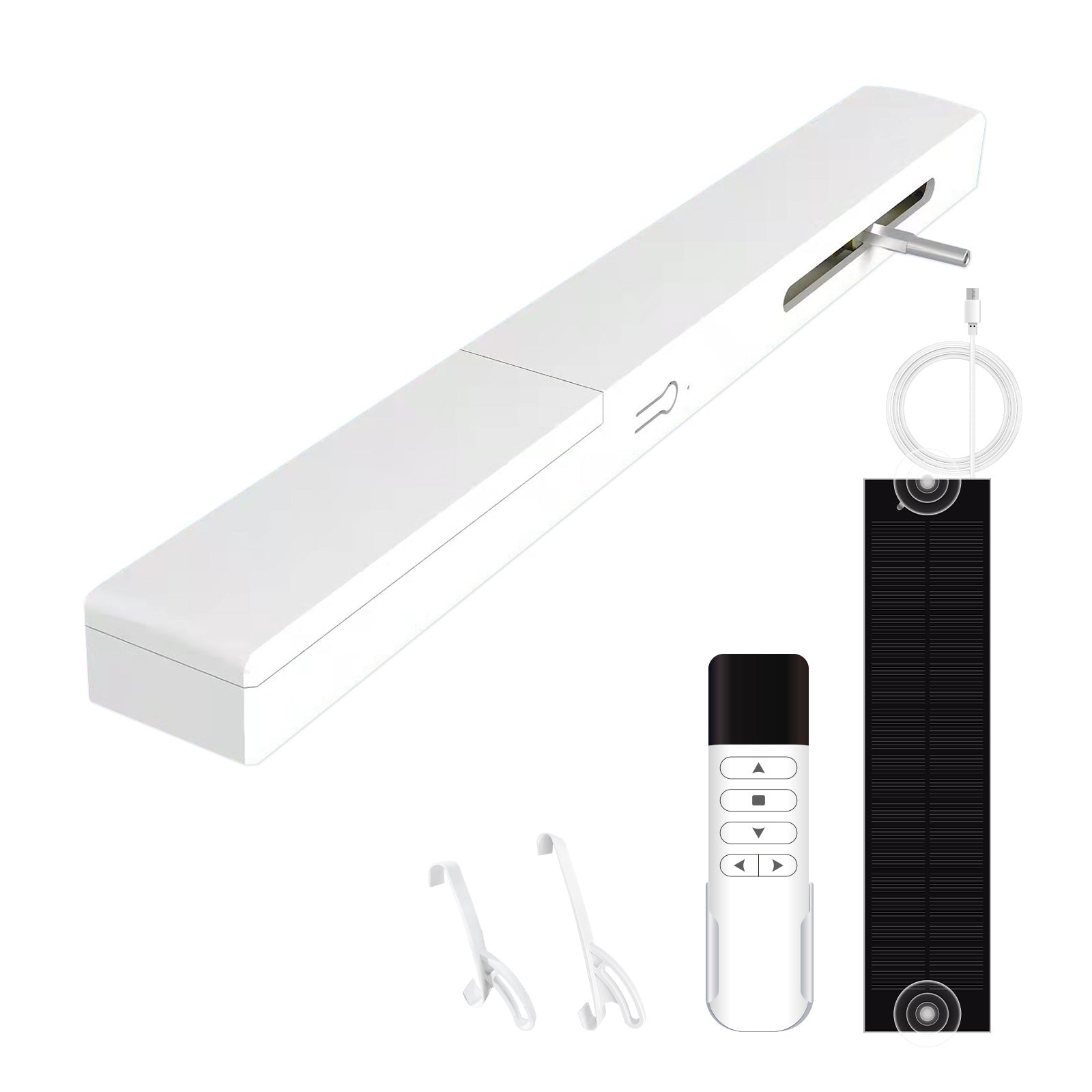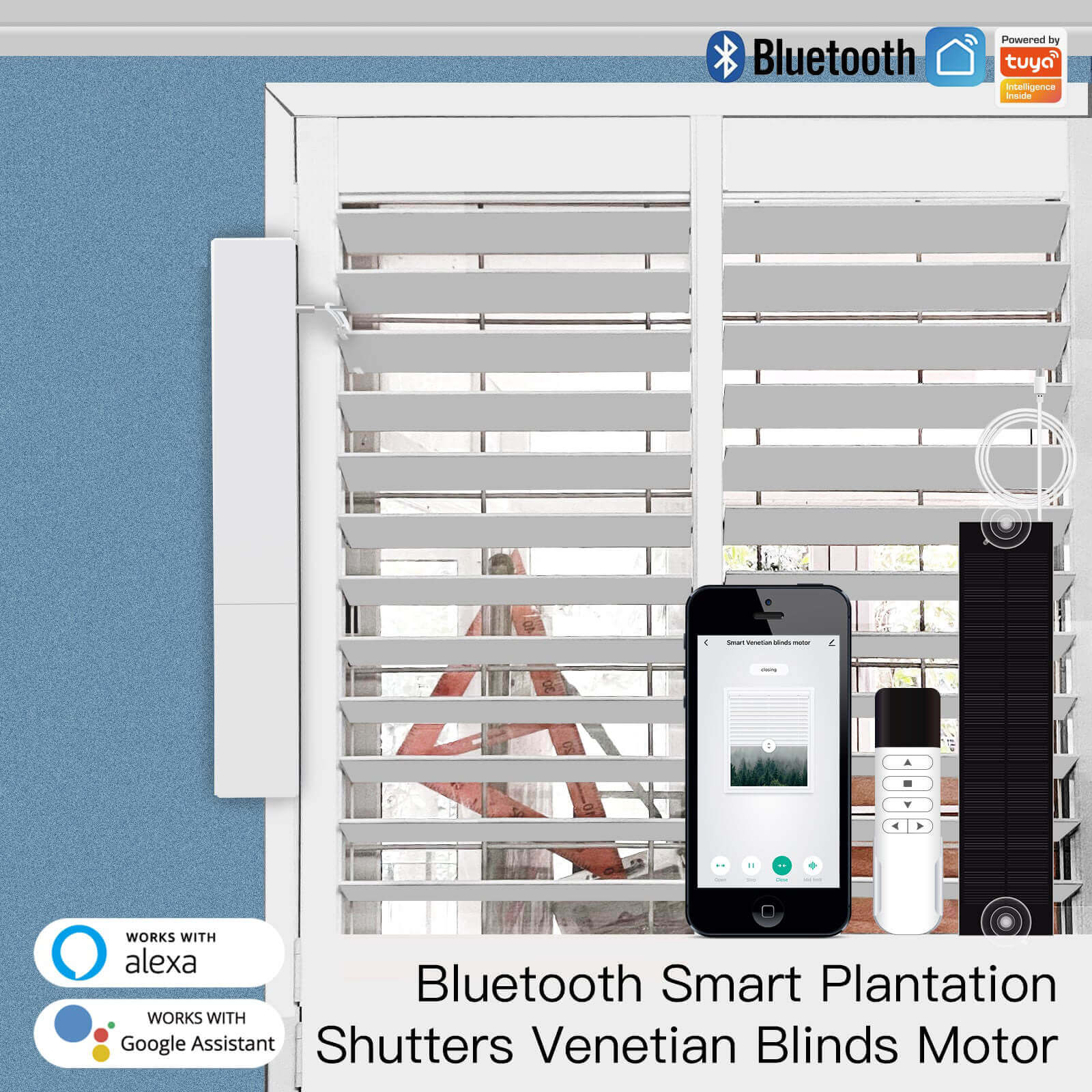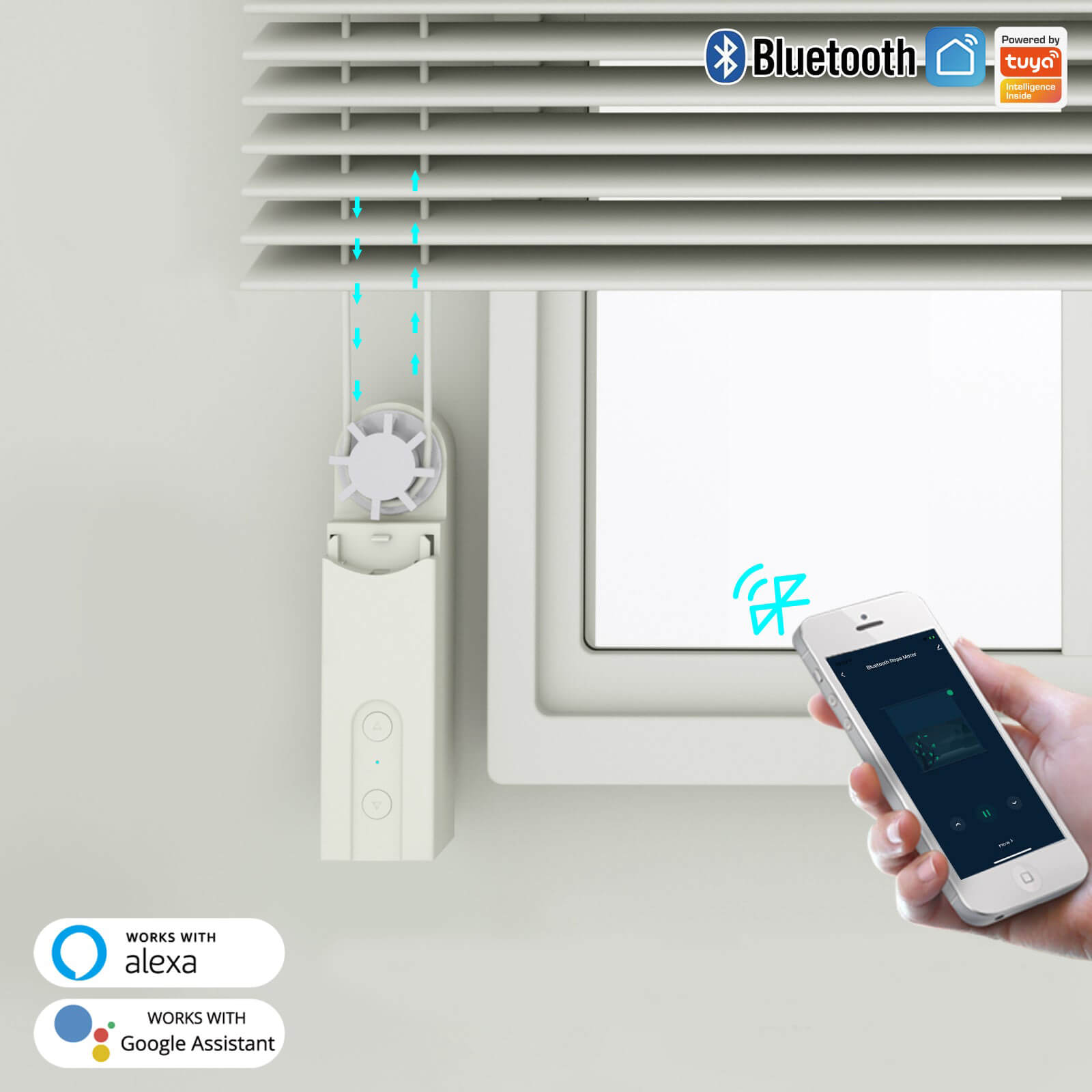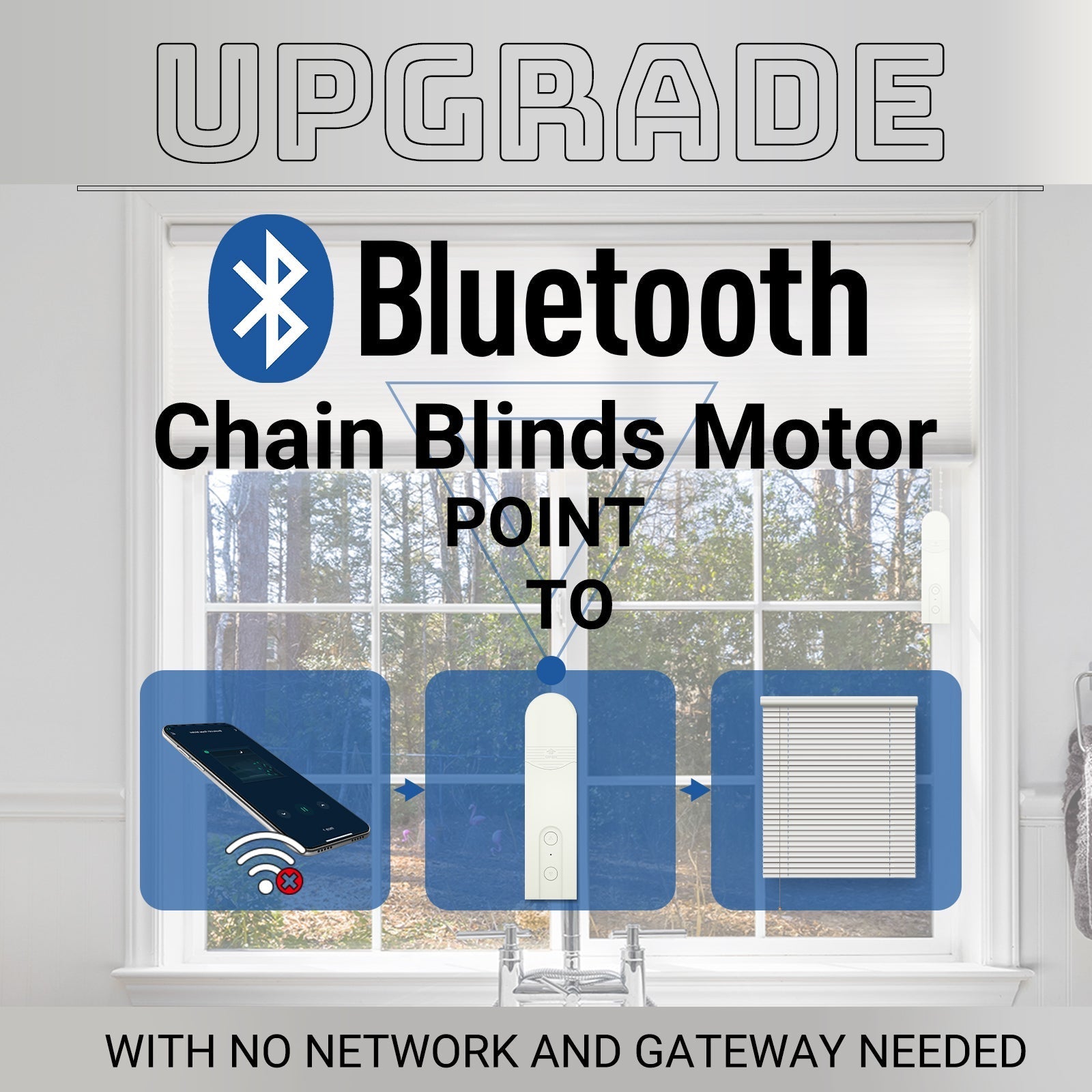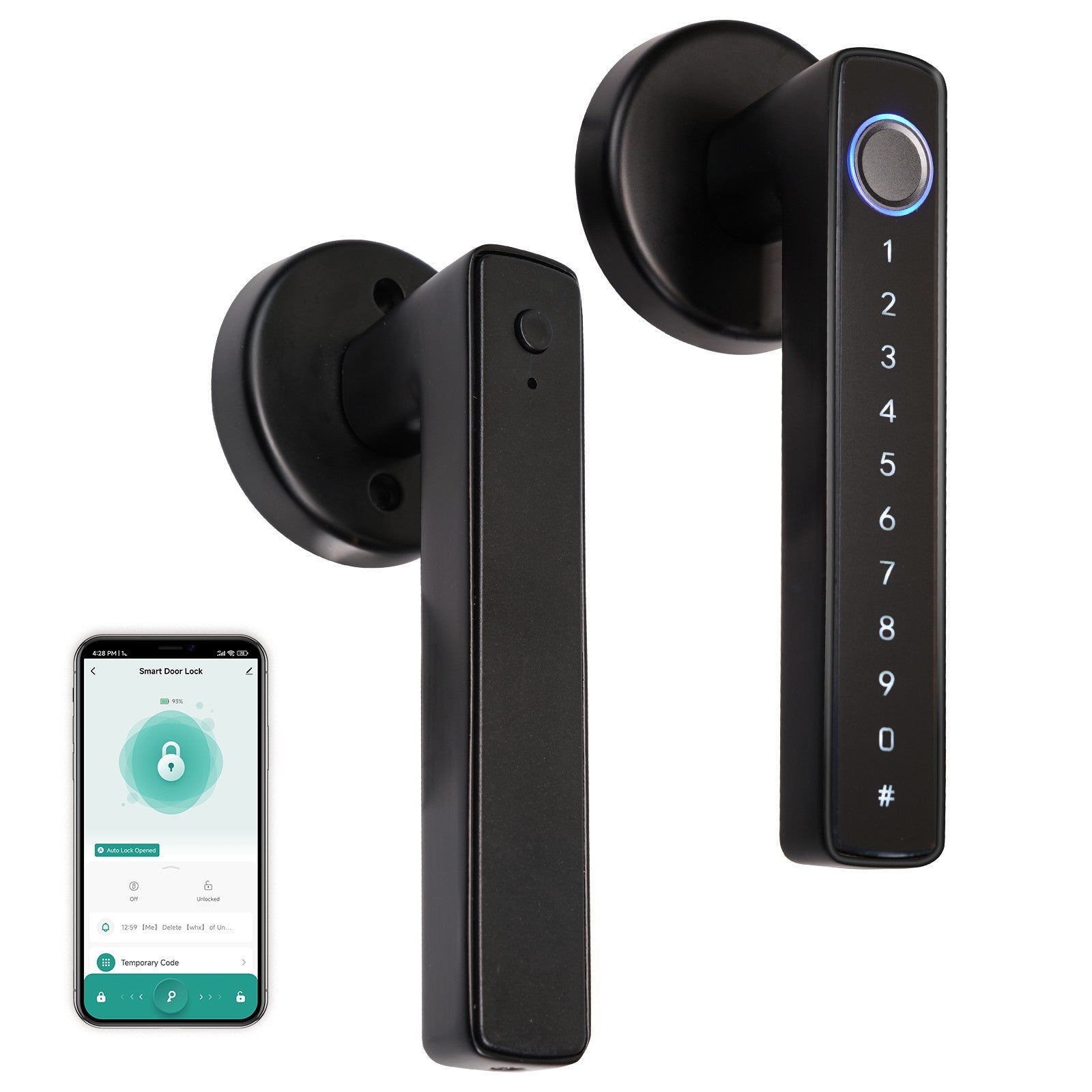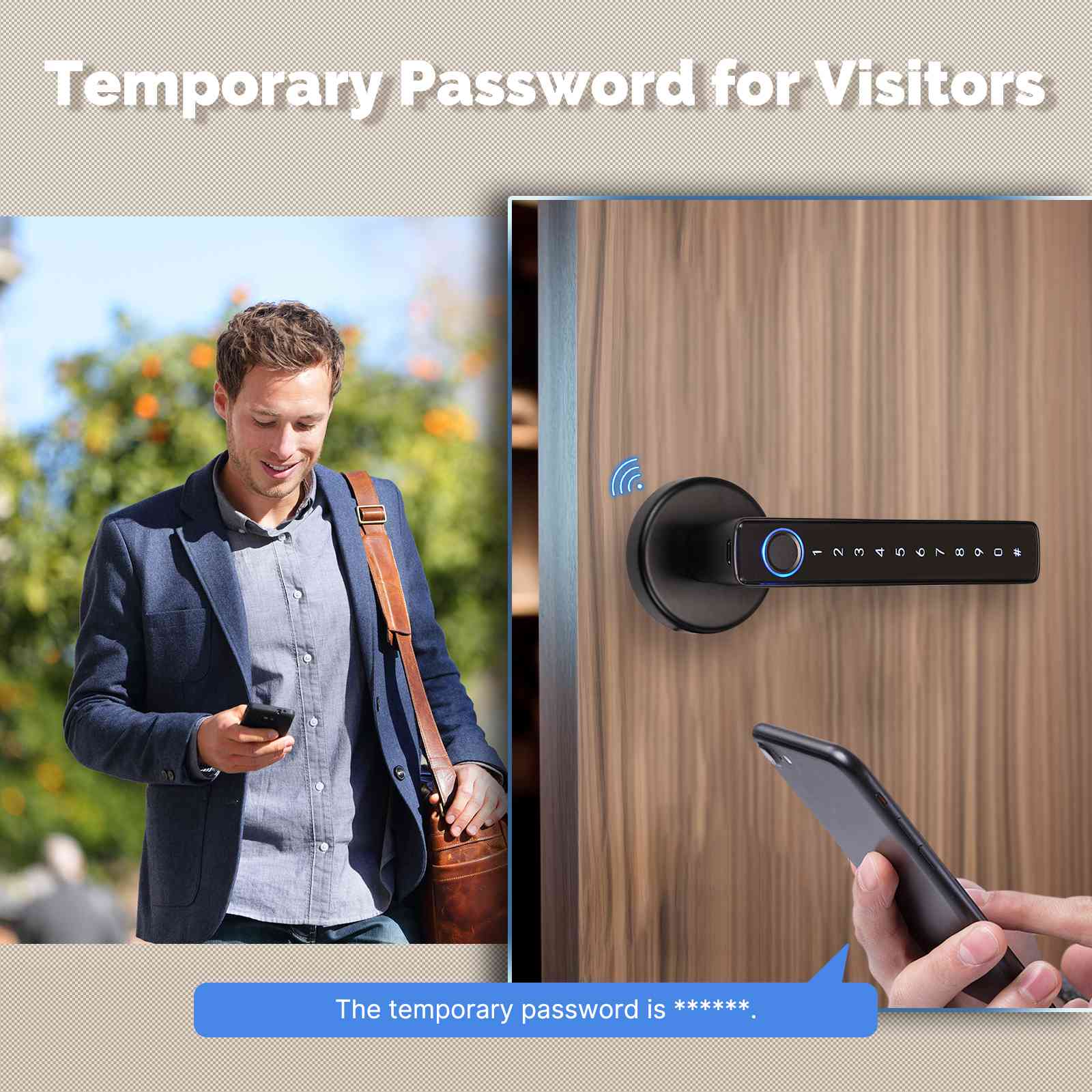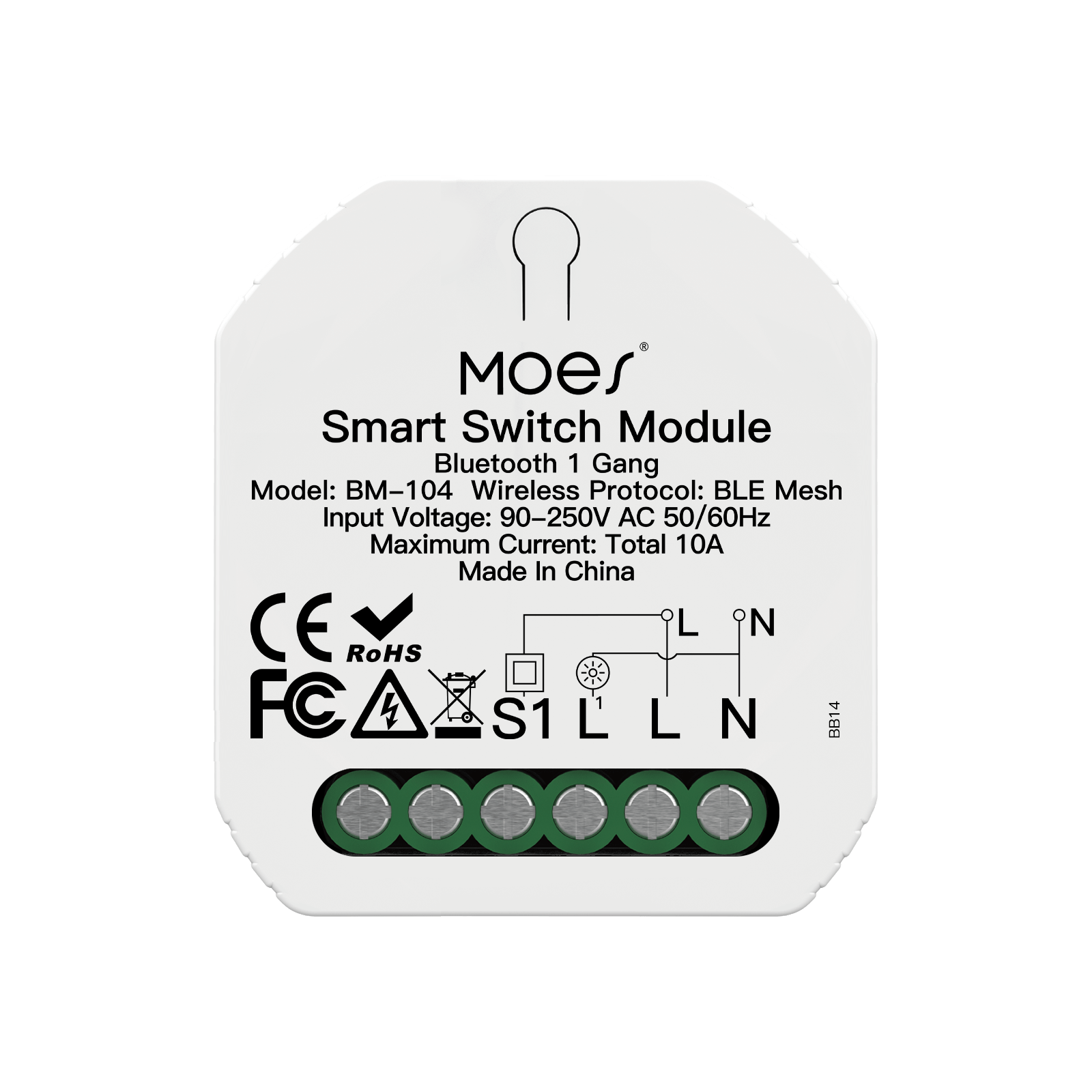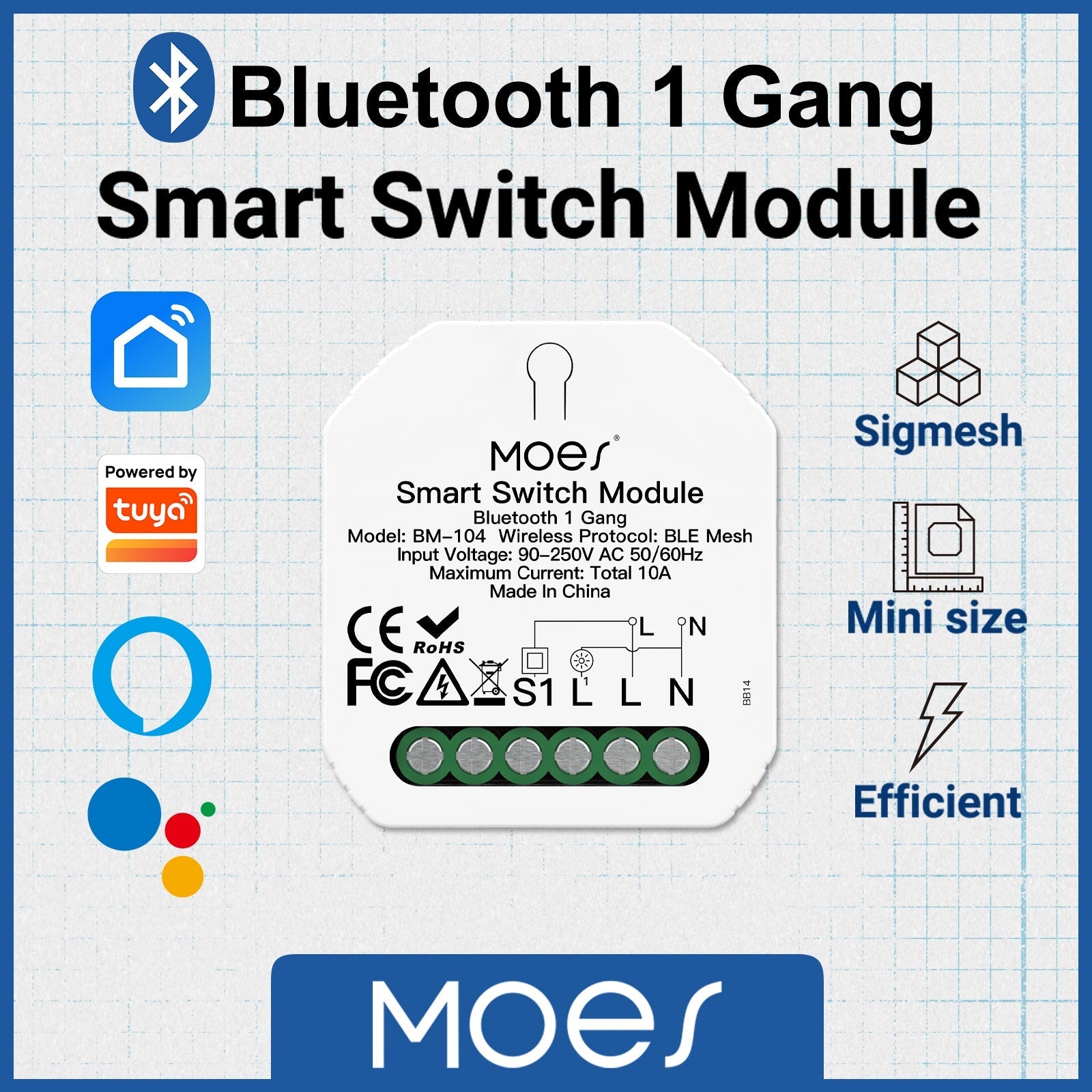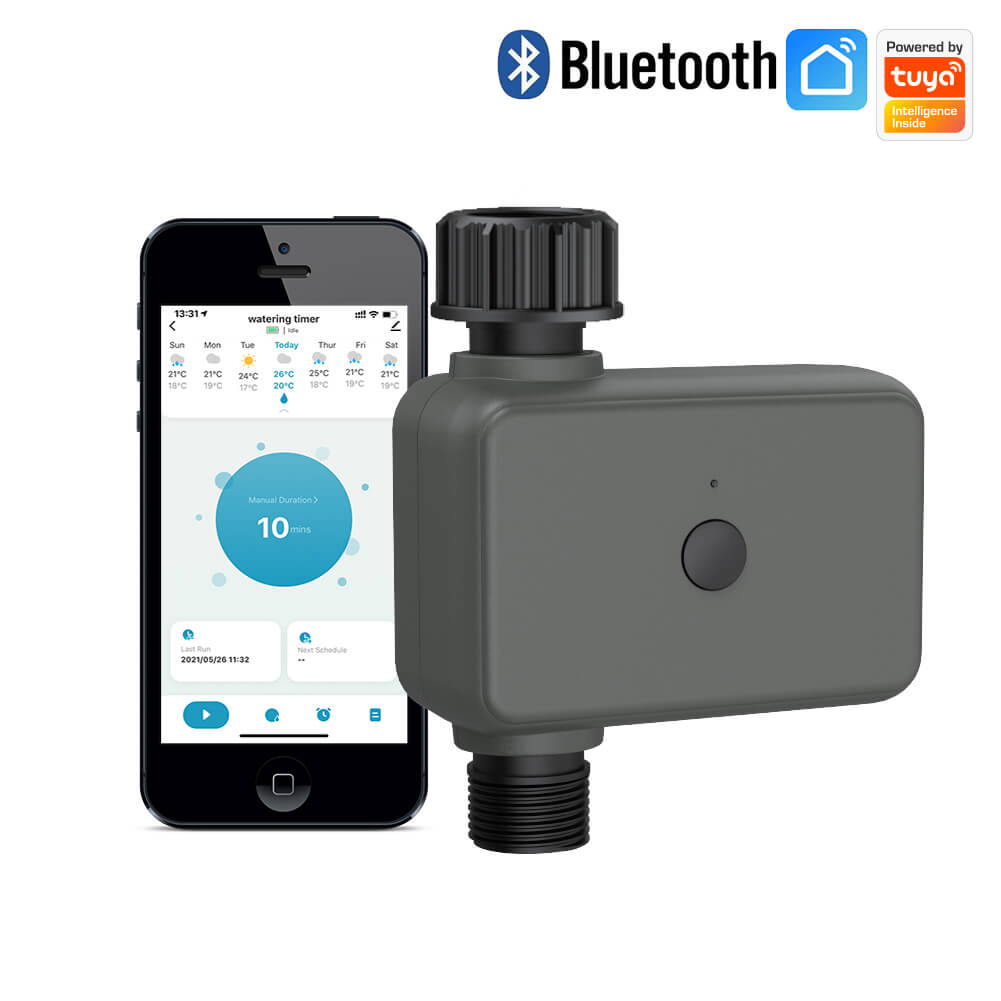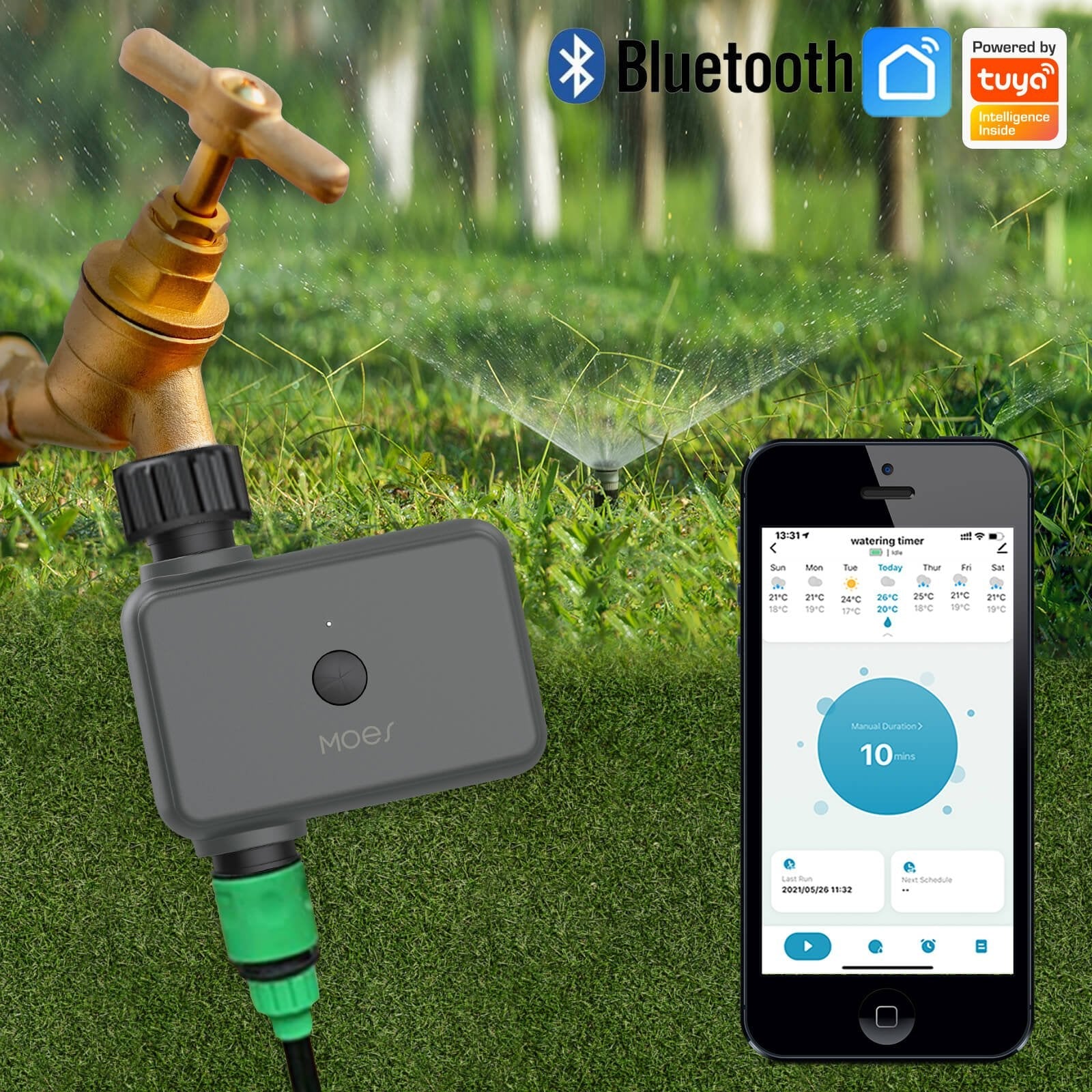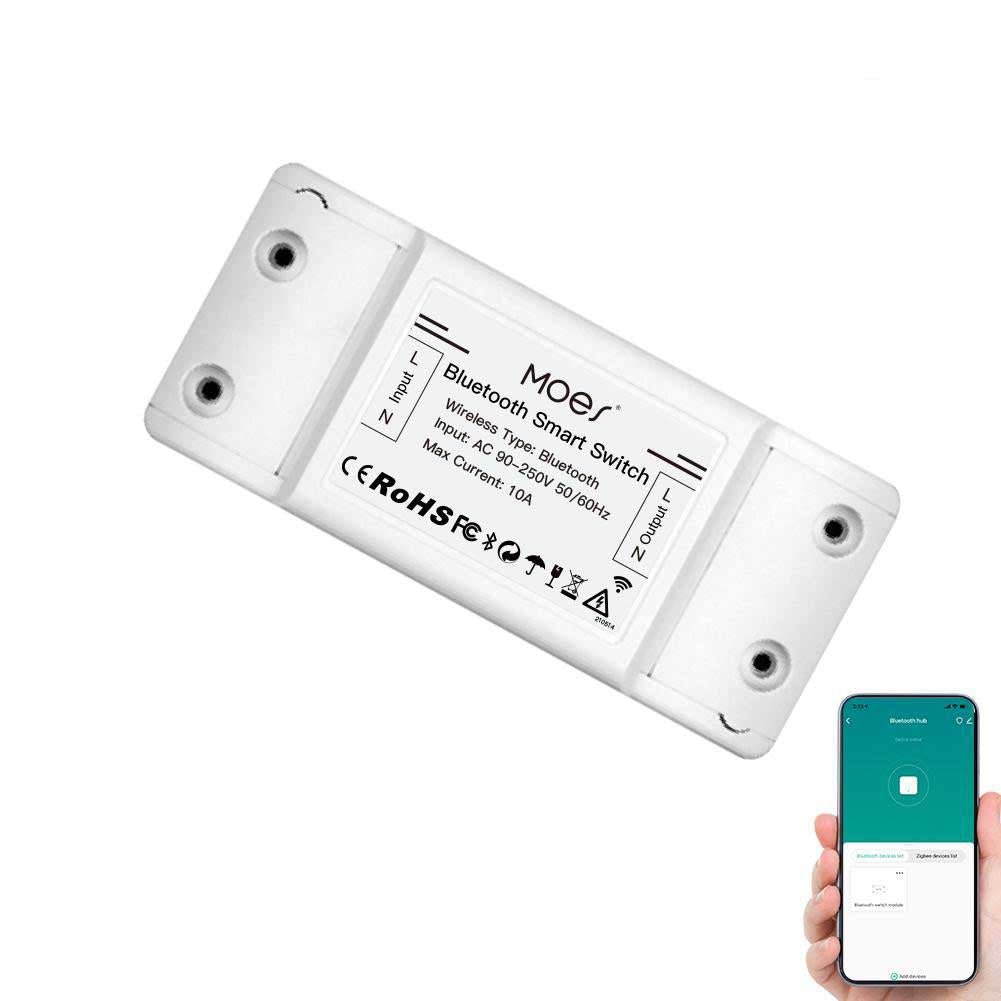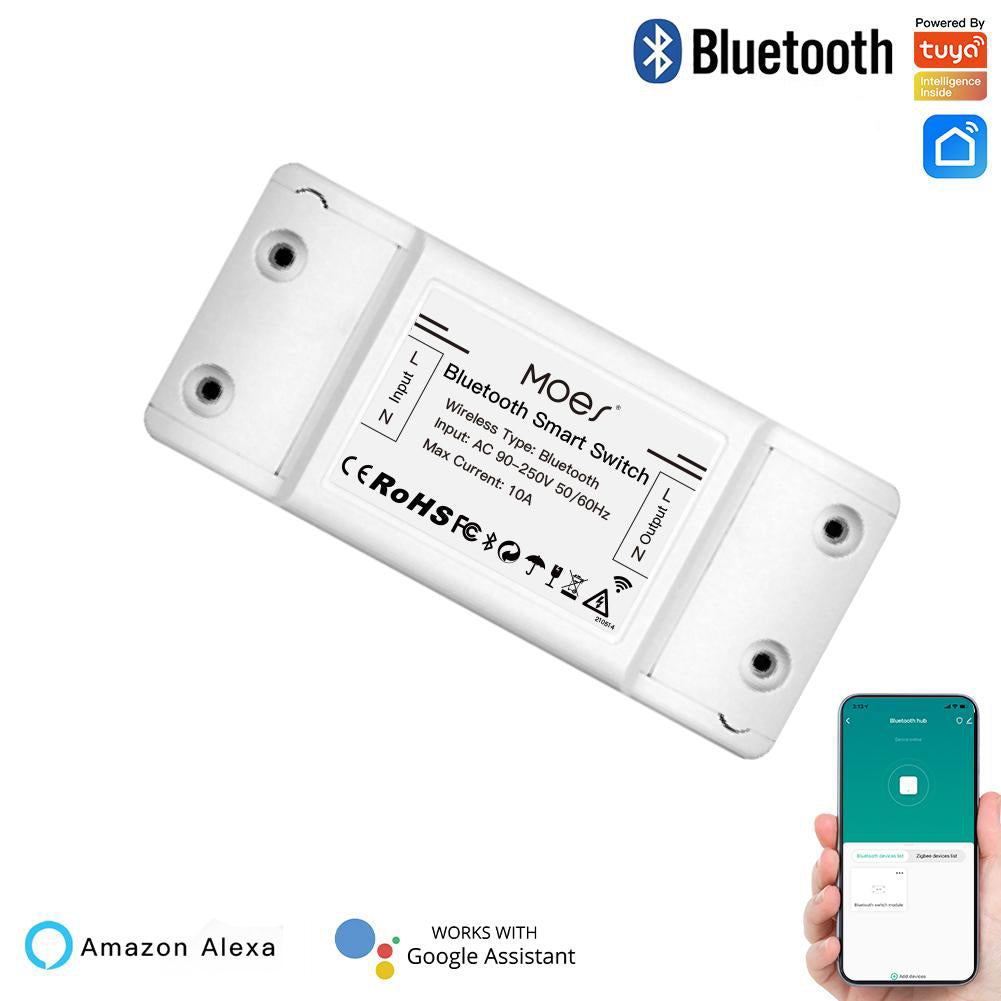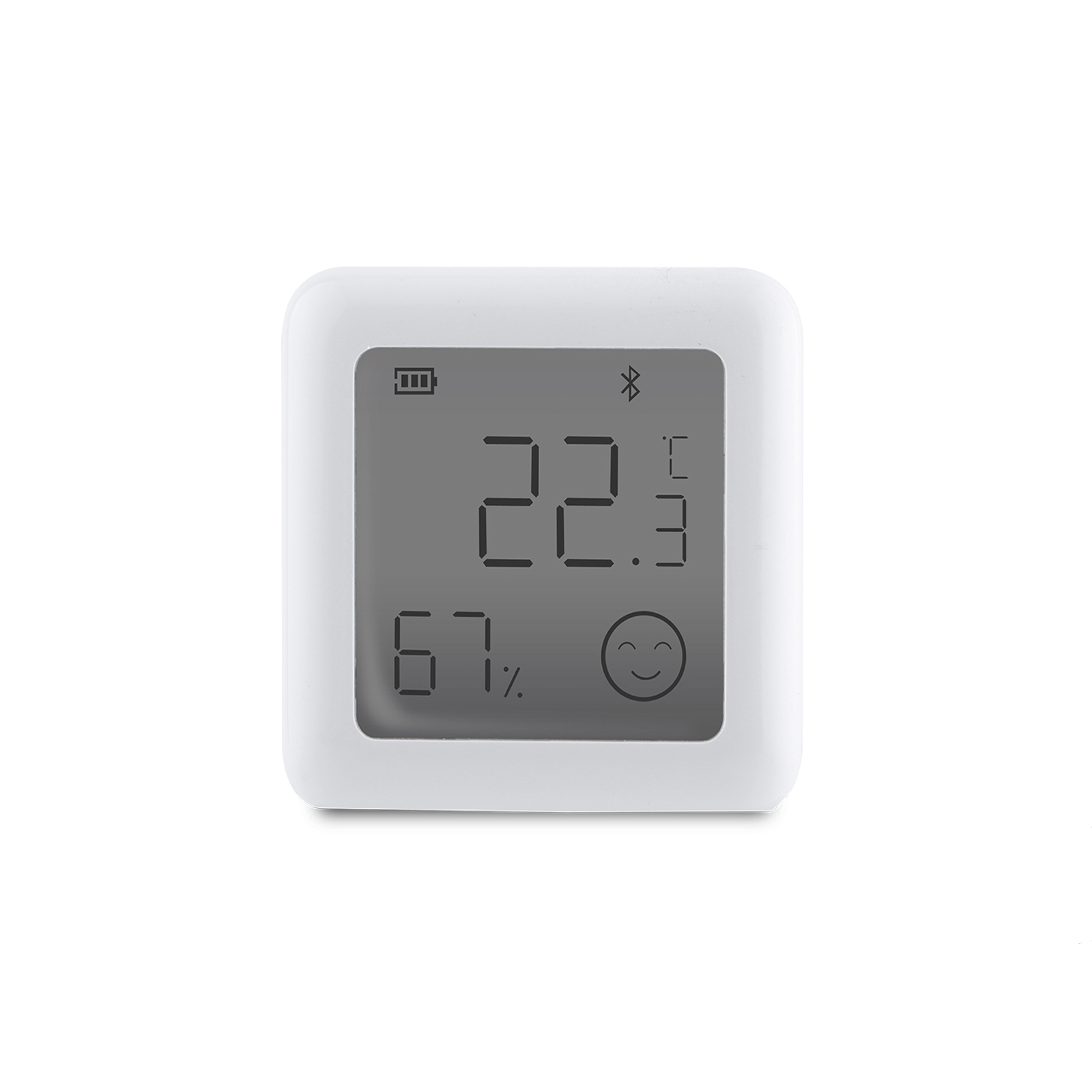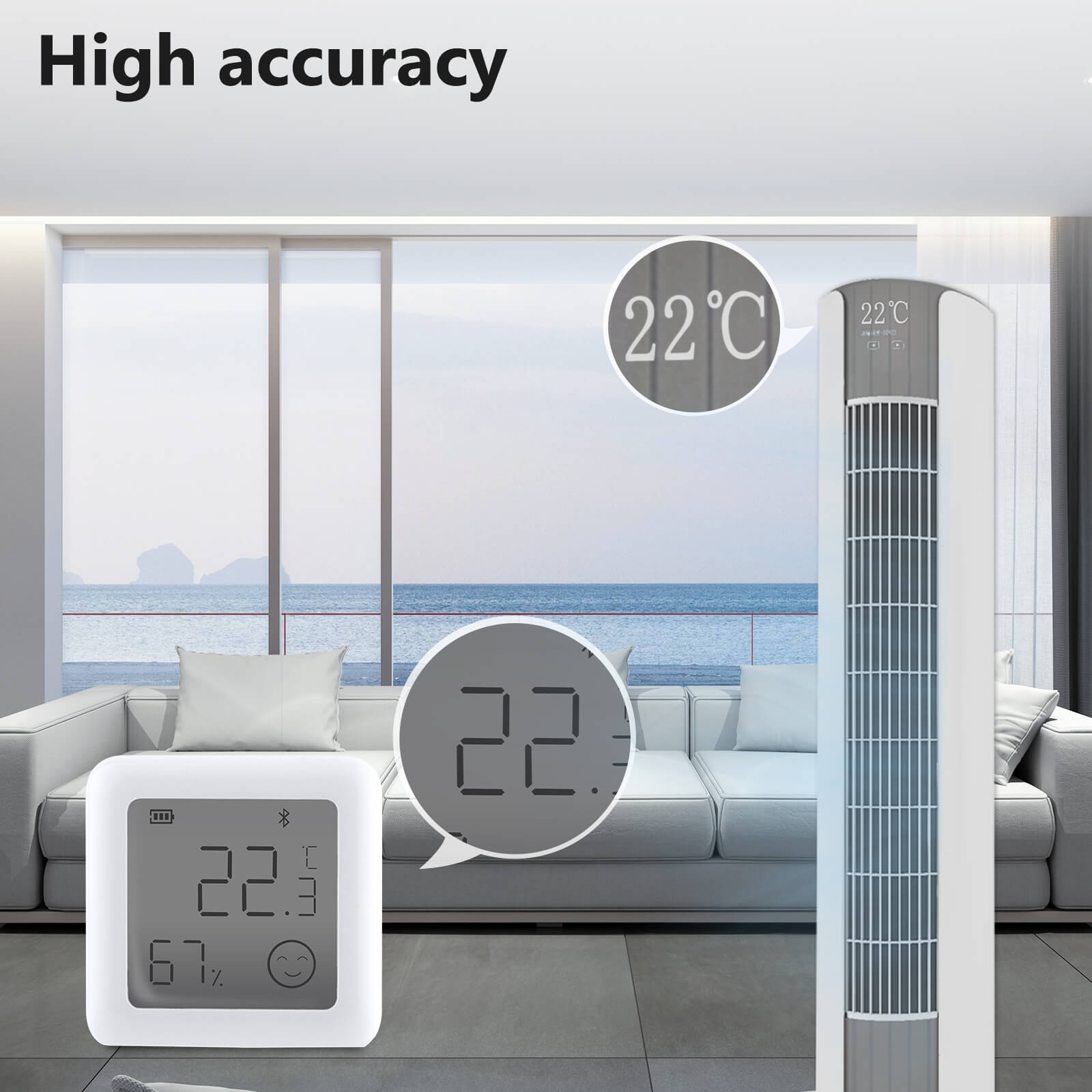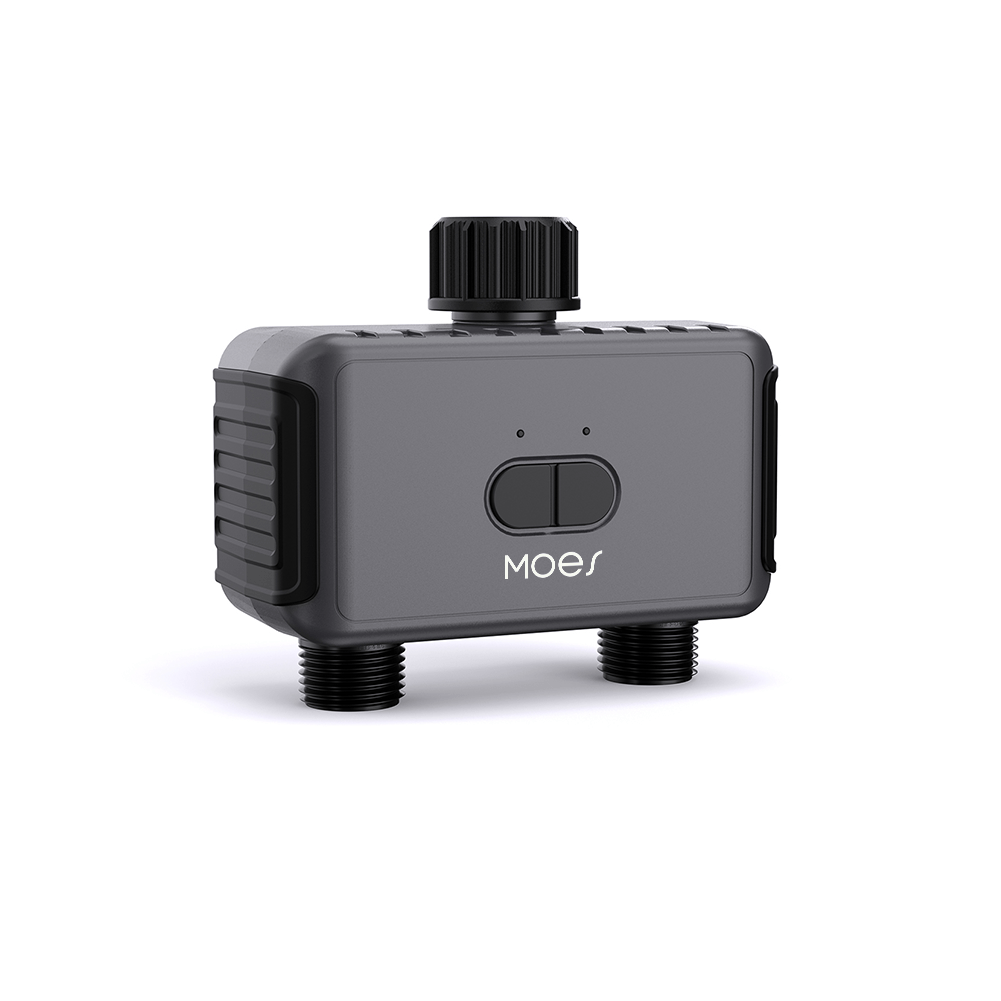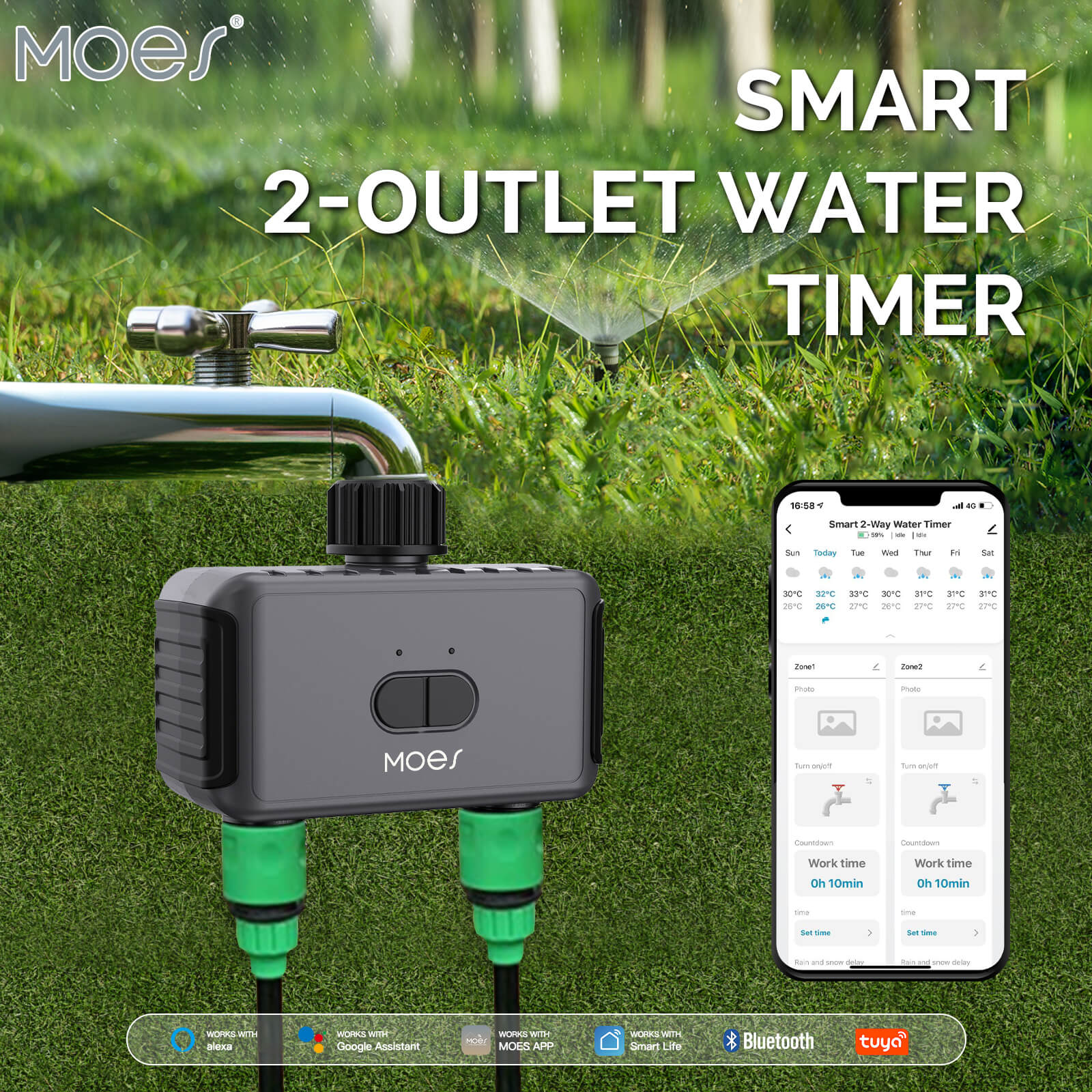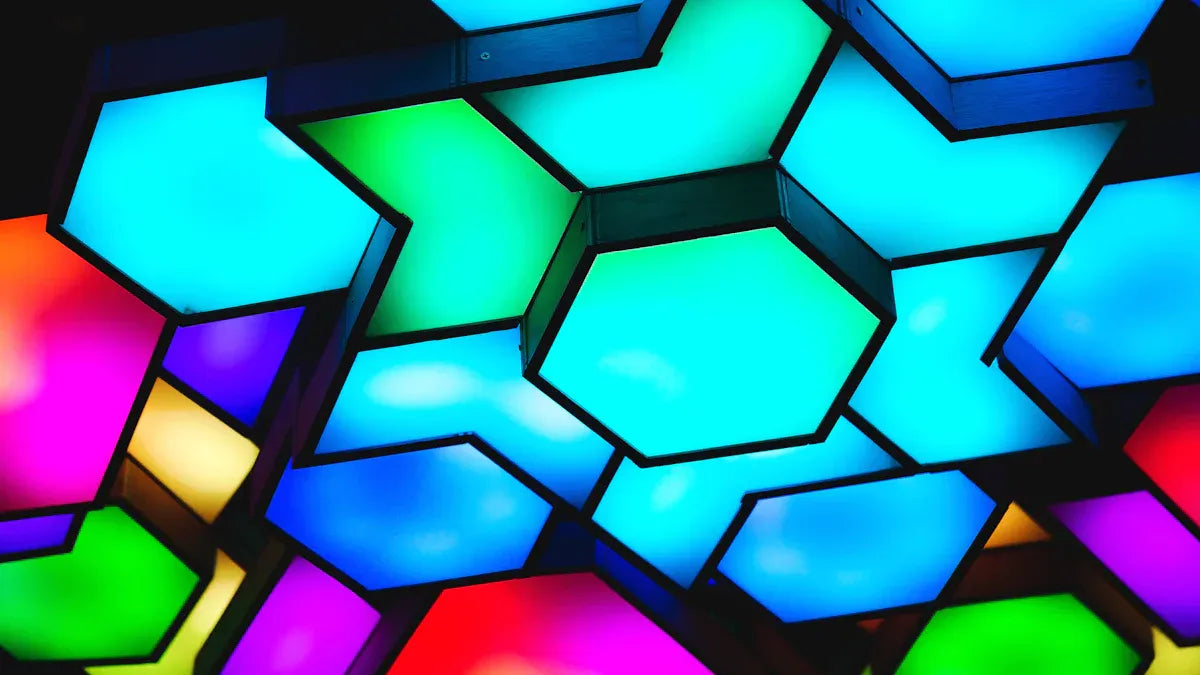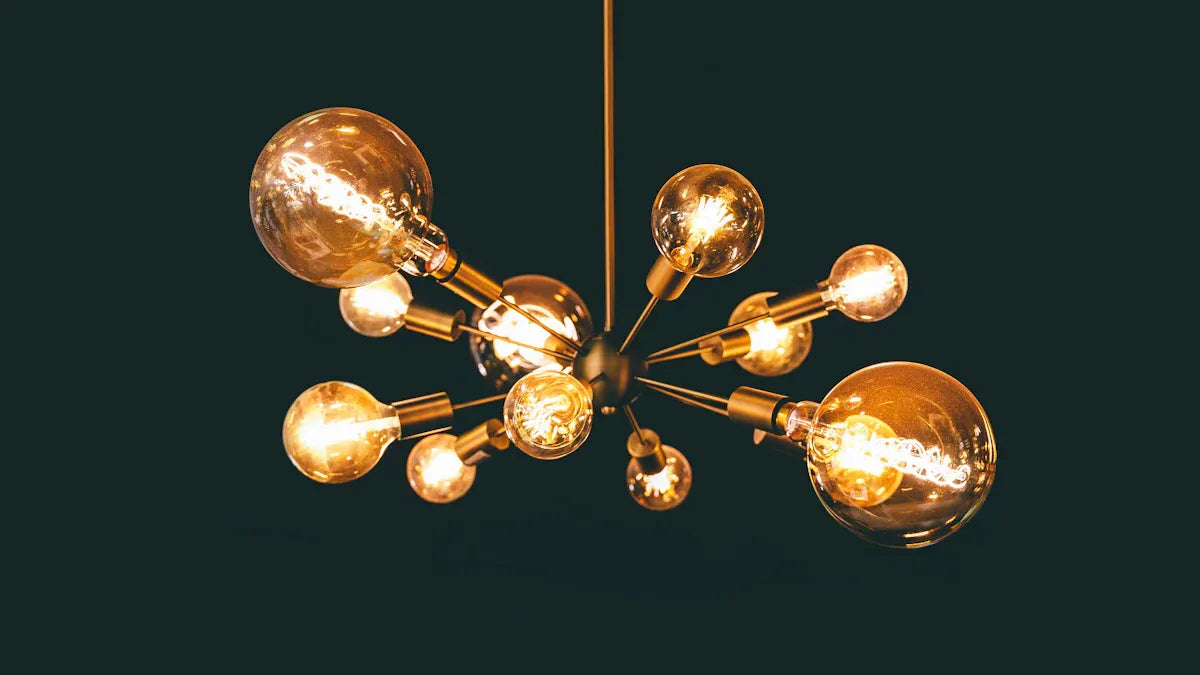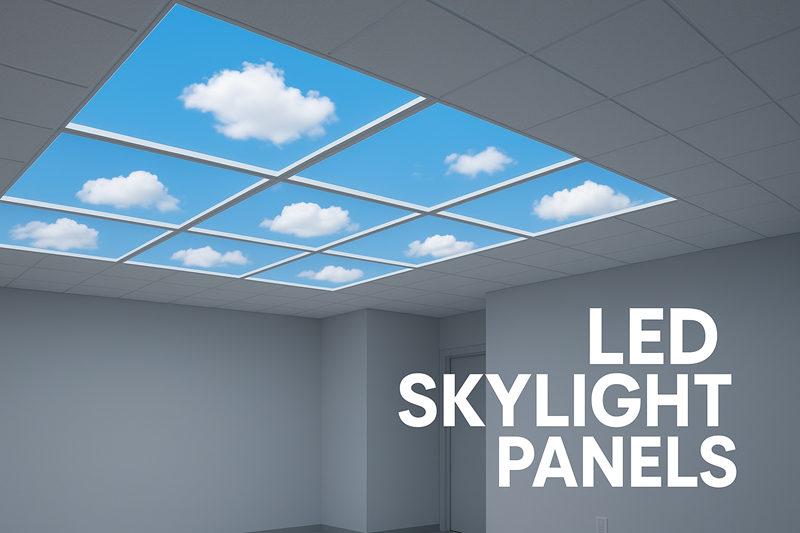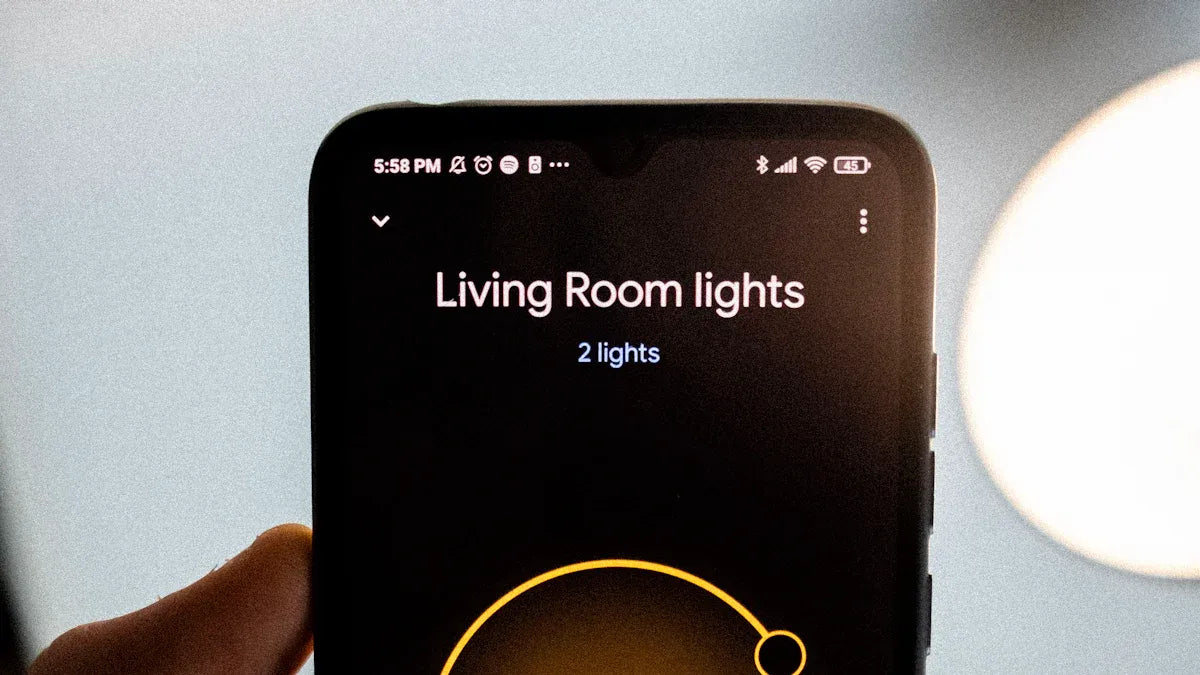Have you ever wanted better light in your home or office? Artificial skylights could help. They make your space brighter and improve your mood. Research shows they lower stress and help you sleep better. This happens because they increase melatonin at night. They also save energy and cut costs. Businesses can lower lighting energy use by 40%. Some even get back their money in a year. For comfort or saving energy, artificial skylights can change your space.
Key Takeaways
-
Artificial skylights brighten rooms by copying natural sunlight. They make spaces feel happy and lively.
-
They help improve your mood and health. They also help your body sleep better and feel less stressed.
-
They save energy. Businesses can lower lighting costs by 40%, making them a good choice.
-
They are easy to install and can fit in many places. No big construction is needed.
-
Think about the starting cost and upkeep. They save money later, but the first cost can be high.
Benefits of Artificial Skylights
Better indoor lighting
Have you seen how sunlight makes a room feel nice? Artificial skylights try to copy that feeling. They give steady, good light like daylight, even at night or on cloudy days. This means you don’t need windows to have bright spaces.
Studies say artificial skylights can show many light colors, from warm to bright daylight. For example, clear skies have light colors between 5,500–100,000 K. Cloudy skies range from 3,758–34,572 K. These skylights copy these changes, making rooms feel natural and cozy.
|
Sky Type |
CCT Range (K) |
Light Change |
|---|---|---|
|
Clear |
5,500–100,000 |
Big |
|
Cloudy |
4,864–26,728 |
Small |
|
Overcast |
3,758–34,572 |
Small |
|
Dusk |
1,400–12,800 |
Big |
With this detail, artificial skylights can make your home or office brighter and more cheerful.
Helps mood and health
Did you know light affects how you feel? Artificial skylights are made to boost your mood and health. They copy sunlight, helping your body’s clock work better. This can help you sleep well and feel less stressed.
One study showed people in brighter light (17,000 K) felt happier and more awake than those in dimmer light (2,900 K). This proves artificial skylights can make spaces feel better for work, rest, or family time.
Tip: Feeling tired indoors? Better lighting might boost your energy.
Saves energy and eco-friendly
Artificial skylights are not just pretty—they save energy too. They use smart LED lights that need less power than old lights. This lowers your electricity bills.
Research shows vertical skylights cut energy use and make rooms comfy. Businesses using artificial skylights save 40% on lighting costs. For homes, this means bright rooms without big bills.
These skylights also last long, cutting waste and replacements. If you want a green way to improve your space, artificial skylights are a great choice.
Flexible installation options
One great thing about artificial skylights is their easy fit. They work in small rooms, tricky ceilings, or windowless spaces. You don’t need big construction or hard setups. They are made to fit almost anywhere.
For example, a survey showed how skylights change unused rooms. A dark, forgotten space can become bright and welcoming. You can enjoy spending time there without adding windows or tearing down walls.
Another example is from a kitchen skylight study. In homes with tight ceilings, Sun Tunnel® Skylights bring in natural light. They use little space but make a big difference. These are perfect for kitchens needing good light but lacking room for regular skylights.
Here’s why artificial skylights are so flexible:
-
They fit in all room sizes, from tiny bathrooms to big living rooms.
-
They work in tight ceilings, great for apartments or older homes.
-
They brighten windowless areas like basements or hallways.
Tip: Worried about setup? Don’t be. Many artificial skylights are quick and easy to install, giving you better light without trouble.
With so many choices, artificial skylights let you brighten any part of your home. They’re more than lights—they completely change how your space feels.
Drawbacks of Artificial Skylights
High installation costs
Installing artificial skylights can cost a lot at first. Where you live affects the price. Rules and energy standards can make it more expensive. For example:
-
In California, Title 24 rules add $18–$22 per square foot. This is due to special coatings and insulated frames.
-
In Florida, hurricane-proof models cost 30–35% more.
-
Smart skylights with automation add $200–$300 per unit.
Custom designs or old building updates can raise costs by 35–40%. On average, code-compliant skylights cost $150–$300 per square foot. These costs may seem high but can save energy in 7–10 years. Still, the upfront price can feel too much for some.
Cleaning and fixing issues
Artificial skylights need care to work well. Dirt and dust can block light, so cleaning is important. This is especially true in dusty or polluted areas. Bad installation can cause leaks. Leaks may lead to water damage or mold. Fixing these problems takes time and money.
Here’s a simple look at common problems:
|
Problem |
What Happens |
|---|---|
|
Heat Problems |
Rooms may get too hot in summer or too cold in winter. |
|
Leaks |
Poor setup can cause water damage and mold. |
|
Glare and Heat |
Bright light can create glare and make rooms too warm. |
|
Cleaning Needed |
Regular cleaning keeps the light working well. |
If you don’t want this upkeep, artificial skylights may not be for you.
Not exactly like real sunlight
Artificial skylights try to copy sunlight but aren’t perfect. Real sunlight changes during the day, creating a natural feel. Artificial light tries to do this but can seem less real. Some people say the light doesn’t feel as warm or bright as sunlight.
Also, artificial skylights need electricity to work. If the power goes out, you lose the light. This can be a problem in places with frequent outages.
Note: If you want light exactly like sunlight, artificial skylights might not meet your needs.
Dependence on electricity
Artificial skylights need electricity to work. They rely on power to give you bright, natural-like light. This might not seem like a problem, but it can be in some cases.
For instance, during power outages, your space can become dark and dull. If blackouts happen often where you live, this could be a big issue. Unlike real skylights, which bring sunlight all the time, artificial ones stop working without electricity.
Energy use is another thing to think about. Even though they use energy-saving LED lights, artificial skylights still add to your power bill. Using them for many hours daily can raise your energy costs over time.
Here’s how relying on electricity affects different areas:
|
Evidence Type |
Description |
|---|---|
|
Energy Efficiency |
Cuts down on other lighting but still uses power. |
|
Visual Comfort |
Makes spaces better but needs steady electricity. |
|
Simulation Method |
Uses tools to check energy use, showing power reliance. |
On the positive side, artificial skylights have great benefits. Studies show bright spaces improve mood and focus. Stores with skylights sold 40% more, and students in bright classrooms learned 20% faster. These results often come from mixing natural and artificial light.
Tip: Worried about blackouts? Use backup power with artificial skylights. This keeps your light steady even during outages.
While needing electricity can be a downside, it’s not a dealbreaker. With good planning, you can enjoy the perks of artificial skylights while managing their energy use.
Artificial Skylights vs. Natural Skylights
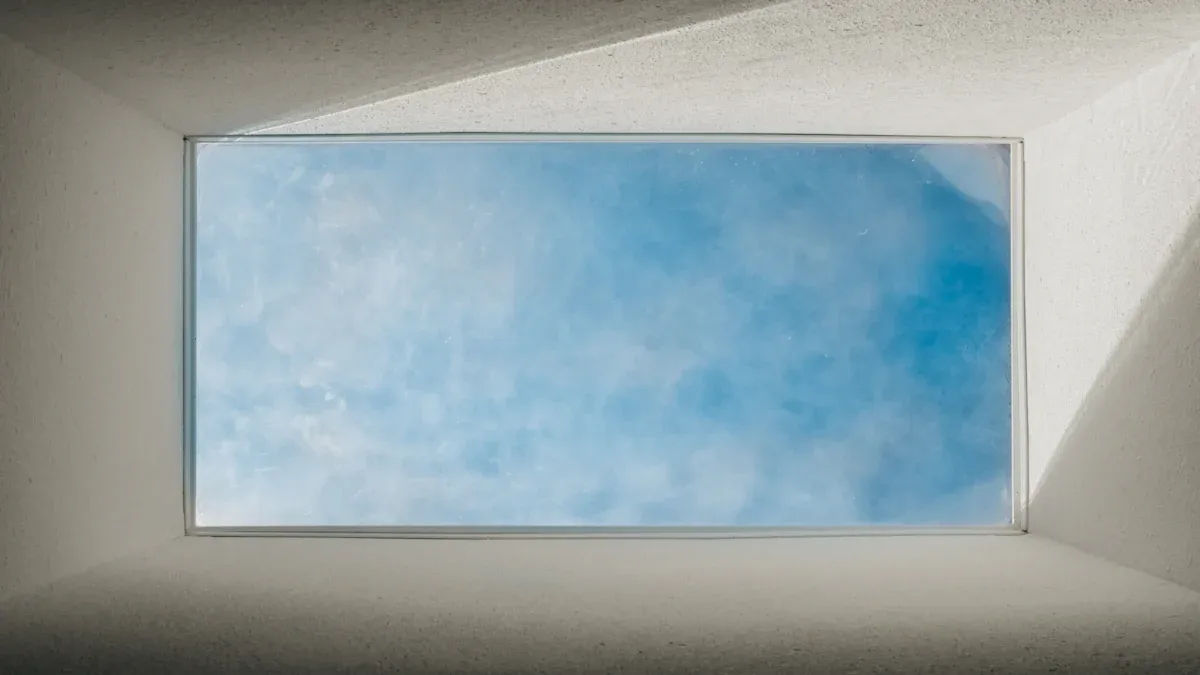
Lighting quality comparison
Natural skylights give better light than artificial ones. Sunlight is brighter and feels more alive. It helps your mood, sleep, and body clock. Artificial skylights try to copy sunlight but can’t match its warmth. They don’t change like real daylight does.
Studies agree with this. One study compared tubular skylights to artificial lights. It found natural light gives more benefits. Another study showed sunlight is brighter and has better colors. This makes rooms feel lively. While artificial skylights are steady and adjustable, they lack the realness of sunlight.
|
Study Title |
Focus |
Key Findings |
|---|---|---|
|
Experimental study of Tubular Skylight and comparison with Artificial Lighting of standard ratings |
Optimization of natural and artificial lighting |
Highlights the need for optimization of natural light benefits over artificial lighting. |
|
Comparison of Different Roof Types in Terms of Lighting Conditions in an Industrial Hall |
Daylight factors for different skylights |
Sunlight is significantly brighter than artificial light, emphasizing the advantages of natural skylights. |
Installation complexity and costs
Natural skylights need more work to install. You may have to cut the roof, strengthen it, and make it weatherproof. This takes time and costs more. Artificial skylights are easier to set up. They fit in most spaces, even rooms without windows.
Natural skylights also have extra costs. You might need blinds or coatings to stop glare and heat. Artificial skylights don’t have these problems. They are flexible and don’t disturb your home or office. If you want an easier option, artificial skylights are a good choice.
Environmental impact and energy use
Natural skylights are better for the planet. They don’t use electricity or fuel, so they save energy. Buildings with natural skylights can use daylight sensors to lower energy use. Sunlight also improves health and boosts productivity.
Artificial skylights need electricity, even with energy-saving LEDs. This adds to your power bill over time. But they still help by cutting the need for regular lights. If you care about the environment, natural skylights are the best. Still, artificial skylights are a good option for saving energy without big changes.
Tip: Want to save energy and enjoy sunlight? Use both natural and artificial skylights together for the best results.
Durability and maintenance differences
When comparing durability, both artificial skylights and natural skylights have pros and cons. Which lasts longer or needs less care? Let’s look closer.
Artificial skylights use strong materials and advanced LED technology. They can last up to 50,000 hours, or about 10–15 years. They don’t get damaged by weather like natural skylights. But they depend on electrical parts, which might break over time. If the LED or wiring stops working, you’ll need repairs or replacements. Regular dusting and cleaning help them stay in good shape.
Natural skylights face weather challenges like rain, snow, and UV rays. Over time, these can cause leaks, cracks, or faded glass. Frames and seals may wear out, especially in tough climates. Cleaning the glass and checking for leaks are common tasks. While they don’t have electrical parts, they still need repairs to handle weather damage.
Here’s a simple comparison:
|
Feature |
Artificial Skylights |
Natural Skylights |
|---|---|---|
|
Lifespan |
10–15 years (LED lifespan) |
Varies (depends on weather exposure) |
|
Maintenance |
Dusting, occasional repairs |
Cleaning glass, fixing leaks |
|
Common Issues |
Electrical failures |
Weather damage, seal wear |
Tip: Live in a place with bad weather? Artificial skylights might save you repair trouble. But if you love natural light, expect more upkeep.
Both types have good and bad points. Think about your weather, budget, and maintenance needs before choosing.
Cost Analysis of Artificial Skylights
Upfront costs and installation expenses
Thinking about adding artificial skylights? The first thing to consider is the price. These skylights can cost more at the start, depending on their type and features. Here’s a simple cost breakdown:
-
Basic skylight setups cost around $1,000 to $2,000.
-
Fixed skylights are cheaper, but ventilating ones cost more since they open.
-
Tubular skylights are a low-cost option for natural-like light without big roof changes.
-
Extra costs, like permits or custom designs, can add hundreds or thousands.
Even though the upfront price seems high, these costs can pay off later.
Energy savings over time
A big advantage of artificial skylights is saving energy. They use LED lights, which need less power than old-style bulbs. Over time, this lowers your electricity bill. Businesses can cut lighting energy by 40%, making them a smart money-saving choice.
Worried about the initial cost? Think about the long-term benefits. Many people find energy savings cover the upfront expense in a few years. Plus, using less power helps the planet by lowering your carbon footprint.
Tip: Want to save even more? Use smart lighting systems with artificial skylights. These adjust brightness based on the time of day.
Comparing costs with natural skylights
How do artificial skylights compare to natural ones in price? Natural skylights often cost more to install because they need roof changes and weatherproofing. Here’s a quick look:
|
Skylight Type |
Average Installation Cost |
|---|---|
|
Artificial Skylights |
N/A |
|
Natural Skylights |
Natural skylights that meet ENERGY STAR rules can cut cooling costs by 12-15% yearly. But artificial skylights are more flexible and don’t need big structural changes, saving you money upfront.
If you want a budget-friendly way to brighten your space without major work, artificial skylights are a great choice.
Assessing overall value for money
Are artificial skylights worth the cost? Let’s find out.
What are you paying for?
These skylights can seem pricey at first. But they’re more than just lights. You’re paying for smart LED tech and stylish designs. Some models include dimming, color changes, or smart controls. These features cost more but make them better.
What do you get in return?
Artificial skylights brighten your space and save energy. They can lower your electricity bill over time. Businesses have saved up to 40% on lighting costs. Plus, LEDs last 10–15 years, so you replace them less often.
Tip: Think of these skylights as a smart investment. They cost more now but save money later.
Is it worth it for you?
It depends on what you need. If you want bright light without big changes, they’re great. They work well in basements or rooms without windows. But if you want real sunlight, they might not feel the same.
|
Factor |
Artificial Skylights |
Worth It? |
|---|---|---|
|
Upfront Cost |
High |
✅ Saves money later |
|
Energy Efficiency |
Excellent |
✅ Cuts bills |
|
Natural Light Feel |
Good, but not perfect |
❌ Not like real sunlight |
|
Installation Flexibility |
Very flexible |
✅ Fits tricky spaces |
In short, artificial skylights are a good choice for saving energy and adding style. They’re not sunlight, but they’re a bright idea for modern homes.
Alternatives to Artificial Skylights
Natural skylights and solar tubes
Want real sunlight in your room? Try natural skylights or solar tubes. Natural skylights let sunlight fill your space, making it warm and cozy. Solar tubes are smaller and great for tight spaces. They bring sunlight inside using a roof dome and reflective tubes.
Research shows tubular skylights save energy and give great light. For example, one study found they beat artificial lights in offices for energy savings and brightness. These systems also use sunlight data to improve indoor lighting, making them eco-friendly.
Tip: Want lower energy bills and natural light? Solar tubes are a smart pick.
LED lighting systems
LED lights are another great option. They use less energy and are very bright. Modern LEDs give over 100 lumens per watt, with top models exceeding 200 lumens. This means more light with less power. Plus, LEDs last longer than old bulbs, saving money on replacements.
What’s cooler? You can pair LEDs with smart controls to change brightness based on time or sunlight. A study showed automated dimming cut power use by 75% compared to regular lamps. LEDs are cost-saving and good for the planet.
Did you know? By 2030, LED efficiency will improve by 30%, making them even better.
Smart lighting solutions
Smart lighting makes LEDs even smarter. You can control lights with apps or voice commands. Change brightness, pick colors, or set schedules to match your day. This makes smart lighting great for setting the right mood.
Smart lights also copy natural light patterns, helping your mood and sleep. Many people now choose smart lighting for its ease and health perks. It’s also part of smart city plans to save energy and improve safety.
|
Feature |
Benefit |
|---|---|
|
Energy Efficiency |
Saves money and helps the environment |
|
Advanced Controls |
Easy to customize and control |
|
Health Benefits |
Mimics sunlight for better wellness |
Pro Tip: Love tech? Smart lighting adapts to your life and is a great choice.
Hybrid lighting systems
Have you thought about mixing sunlight with artificial light? That’s what hybrid lighting systems do. They combine natural and artificial light for a balanced, energy-saving solution. These systems are great for spaces where sunlight isn’t enough, but you still want its benefits.
Hybrid systems use sunlight during the day and switch to artificial light when needed. This saves energy and keeps your room bright all day. For example, on cloudy days or at night, the artificial light takes over to keep the space well-lit and cozy.
One amazing thing about hybrid systems is their flexibility. They can be adjusted to fit different spaces and needs. Whether it’s a home office, classroom, or store, hybrid lighting makes the area more comfortable and useful.
Research shows hybrid systems work differently based on location and design. Here’s a quick summary of some studies:
|
Study Title |
Key Insights |
|
|---|---|---|
|
Hybrid Lighting Systems: Costs and Benefits |
System performance depends on type and location. Solar resources matter. |
|
|
Towards hybrid lighting systems: A review |
Talks about costs, performance, and user opinions. Suggests more long-term research. |
|
|
Hybrid lighting systems: performance and design |
Compares hybrid systems to tubular daylighting. Gives design tips and notes limits. |
|
|
Hybrid lighting systems: A feasibility study for Europe |
Looks at electricity savings and system performance in Europe. |
Tip: Want eco-friendly and steady lighting? Hybrid systems might be your best choice. They mix the natural feel of sunlight with the reliability of artificial light.
Hybrid lighting systems are a clever way to brighten spaces while saving energy. They’re modern, efficient, and perfect for today’s lighting needs.
Reference
Looking into artificial skylights? Use reliable sources to learn more. Here are some helpful references:
Research Studies and Articles
-
"Experimental Study of Tubular Skylight and Comparison with Artificial Lighting of Standard Ratings"
This study shows why natural light is better than artificial. It explains how tubular skylights save energy.
Source: ResearchGate -
"Hybrid Lighting Systems: Costs and Benefits"
Learn how hybrid systems mix sunlight and artificial light. This study talks about energy savings and eco-friendly benefits.
Source: Academia.edu
Industry Insights
-
Energy Star Guidelines for Skylights
Energy Star gives rules for skylights that save energy. These tips are useful if you want natural skylights.
Source: Energy Star -
"The Future of LED Lighting Efficiency"
This article explains how LEDs are improving. It shows why LEDs are great for saving energy.
Source: LED Magazine
Manufacturer Resources
-
Lumimuse Artificial Skylights
Lumimuse makes artificial skylights that copy sunlight. Their website has product info and setup guides.
Source: Lumimuse
Pro Tip: Check reviews and case studies before buying lighting. They show how products work in real life.
These references include studies, industry tips, and product details. They help you choose the best artificial skylights for your needs.
Artificial skylights can improve your space with better light, energy savings, and flexible designs. They work well in places without natural light. The starting cost may seem high, but the benefits are worth it. For instance, stores like Target with skylights sold 15-20% more. Students in brighter classrooms learned 20-26% faster. Here’s a simple breakdown:
|
Context |
Evidence |
|---|---|
|
Retail Sales Increase |
Stores like Target sold 15-20% more, earning $1.55 per square foot. |
|
Annual Sales Boost |
Skylights increased yearly sales by $62,000 in grocery stores to $387,000 in supercenters. |
|
Educational Outcomes |
Students in bright classrooms learned faster and attended 3.2-3.8 more days yearly. |
In the end, artificial skylights are a smart choice if they fit your needs and budget. They’re a great way to brighten modern spaces.
Resources for Artificial Skylights
📚 Books
- "Daylighting: Natural Light in Architecture" by Derek Phillips - Comprehensive guide covering both natural and artificial daylighting solutions.
- "Lighting Design Basics" by Mark Karlen and James Benya - Provides fundamentals of lighting design including skylight alternatives.
- "Architectural Lighting: Designing with Light and Space" by Hervé Descottes - Explores the relationship between light and architectural spaces.
🎬 YouTube Channels & Videos
- This Old House: Skylight Installation - Practical videos comparing natural and artificial skylight options.
- The Light Lab - Technical demonstrations of artificial skylights and their effects on interior spaces.
- Coelux Official Channel - Showcases high-end artificial skylight technology with scientific explanations.
- Home RenoVision DIY - DIY installation tutorials for various lighting solutions including artificial skylights.
🌐 Online Resources & Tutorials
- Lighting Research Center - Academic research on the physiological and psychological impacts of lighting.
- International Association of Lighting Designers - Professional resources on lighting design best practices.
- Well Building Standard - Light Concept - Guidelines for implementing healthy lighting in buildings.
- Energy.gov Lighting Resources - Government information on energy-efficient lighting options.
💡 Product Reviews & Comparison Sites
- LEDinside - Industry news and product comparisons for LED lighting technology.
- LightingEurope - European lighting industry association with technical resources and market insights.
- The Lighting Resource - Educational content on lighting solutions including artificial daylighting.
🔬 Scientific Research
- Journal of Light & Visual Environment - Academic journal featuring research on lighting technologies.
- ResearchGate: Artificial Skylight Studies - Collection of academic papers on artificial skylights and their effects.
- Building and Environment Journal - Research on how lighting affects building occupants.
📱 Mobile Apps
- Sun Surveyor - Helps assess natural light in spaces before deciding on artificial skylight placement.
- Home Design 3D - Visualization tool to preview how different lighting solutions will look in your space.
- Color Temperature - Tool to understand and match color temperatures for natural light simulation.
🏢 Manufacturer Resources
- CoeLux - Premium artificial skylight manufacturer with technical specifications and installation guides.
- Solatube - Information on tubular daylighting devices as alternatives to artificial skylights.
- VELUX - Traditional skylight manufacturer with comparison resources for natural vs. artificial options.
- Lumimuse - Detailed product information on modern artificial skylight solutions.
💻 Design Tools & Software
- DIALux - Free professional lighting design software to simulate different lighting scenarios.
- Lighting Analysts - Professional light modeling software to visualize artificial skylight impacts.
🔋 Energy Efficiency Resources
- Energy Star Certified Light Fixtures - Database of energy-efficient lighting products.
- Department of Energy - Lighting - Resources on energy-efficient lighting choices and technologies.
FAQ
1. How long do artificial skylights last?
Artificial skylights usually last 10–15 years. This is because they use strong LED technology. Taking care of them and cleaning often can make them last longer.
2. Can artificial skylights work during power outages?
No, they need electricity to work. If your area has many outages, think about getting backup power. This will keep your lights on even when the power is out.
3. Are artificial skylights hard to install?
No, they are easy to set up. You can put them in small or tricky spaces like basements. Some even come with instructions for you to install yourself.
4. Do artificial skylights save money on energy bills?
Yes, they do! They use LED lights that need less power than old bulbs. Over time, this can help lower your electricity bills, especially in rooms that need light all the time.
5. Can artificial skylights mimic natural sunlight?
They copy sunlight well but aren’t exactly the same. They give steady and adjustable light but can’t fully match the warmth or changes of real sunlight.
Tip: Want both natural and artificial light? Use them together for the best results.
